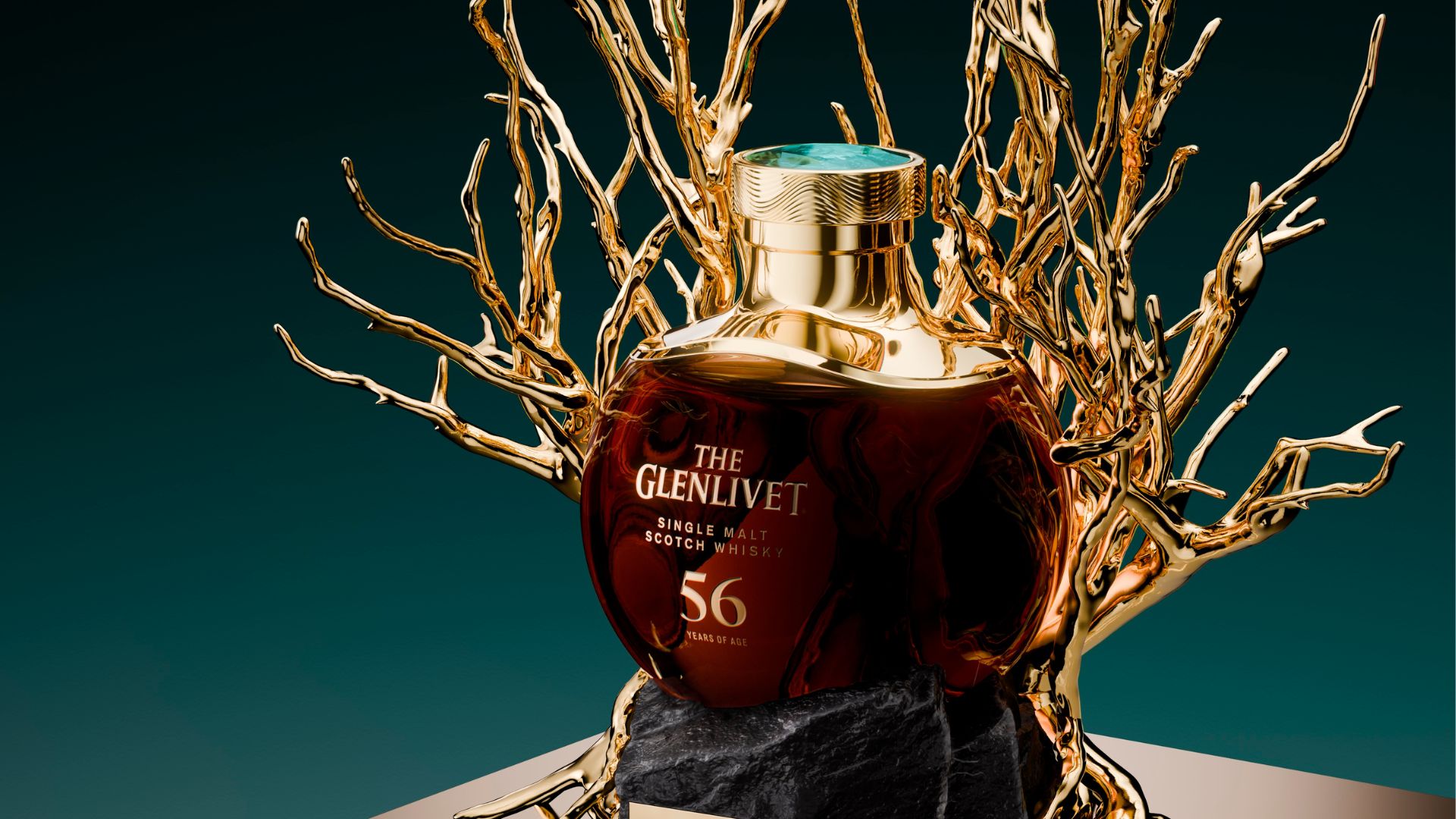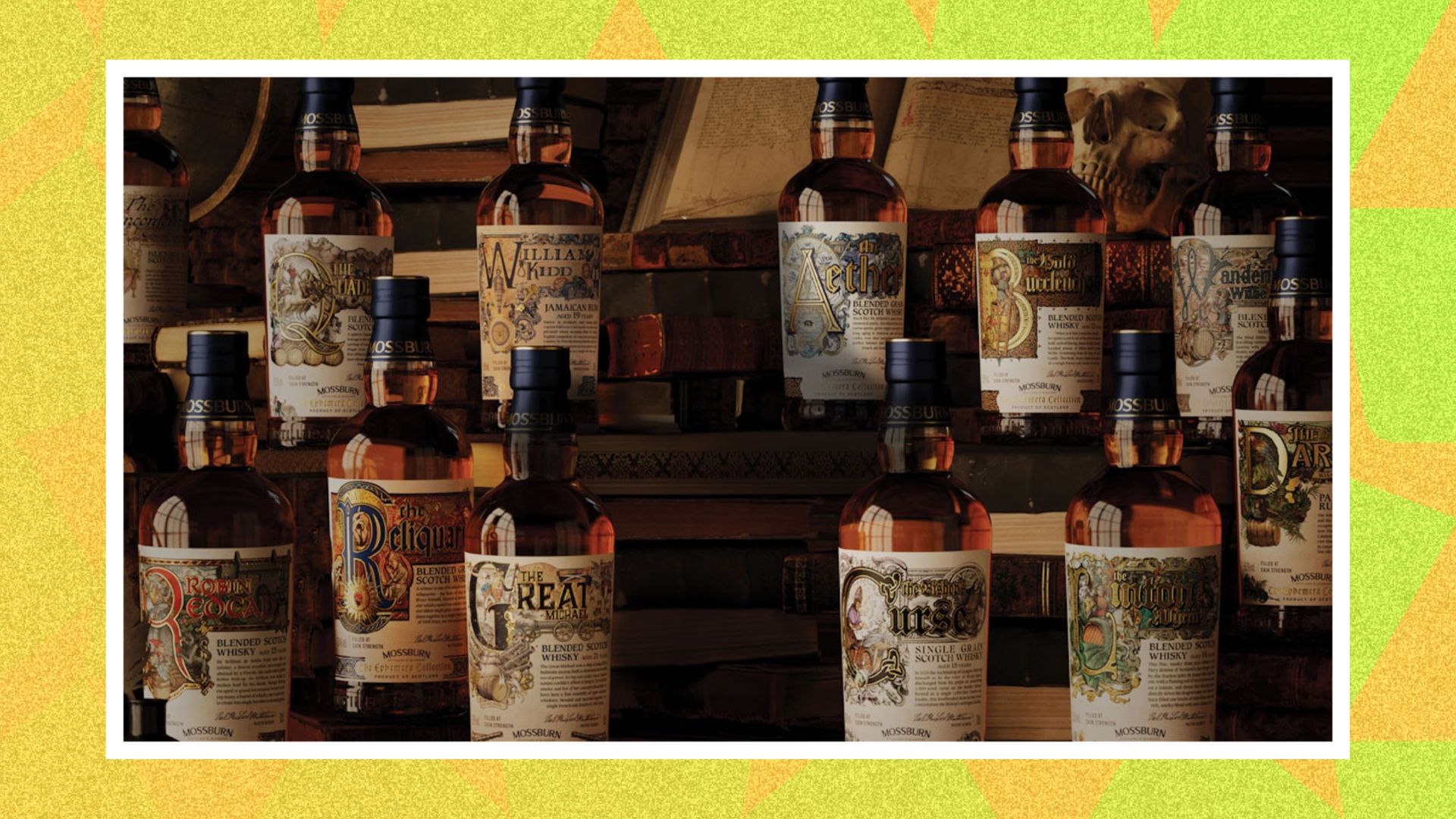Inside McLaren's secret bespoke division: Where billionaires go to build their dream supercars
Diamond-cut wheels? 24-karat gold foil engine? Elvish inscriptions on the steering wheel? Done.
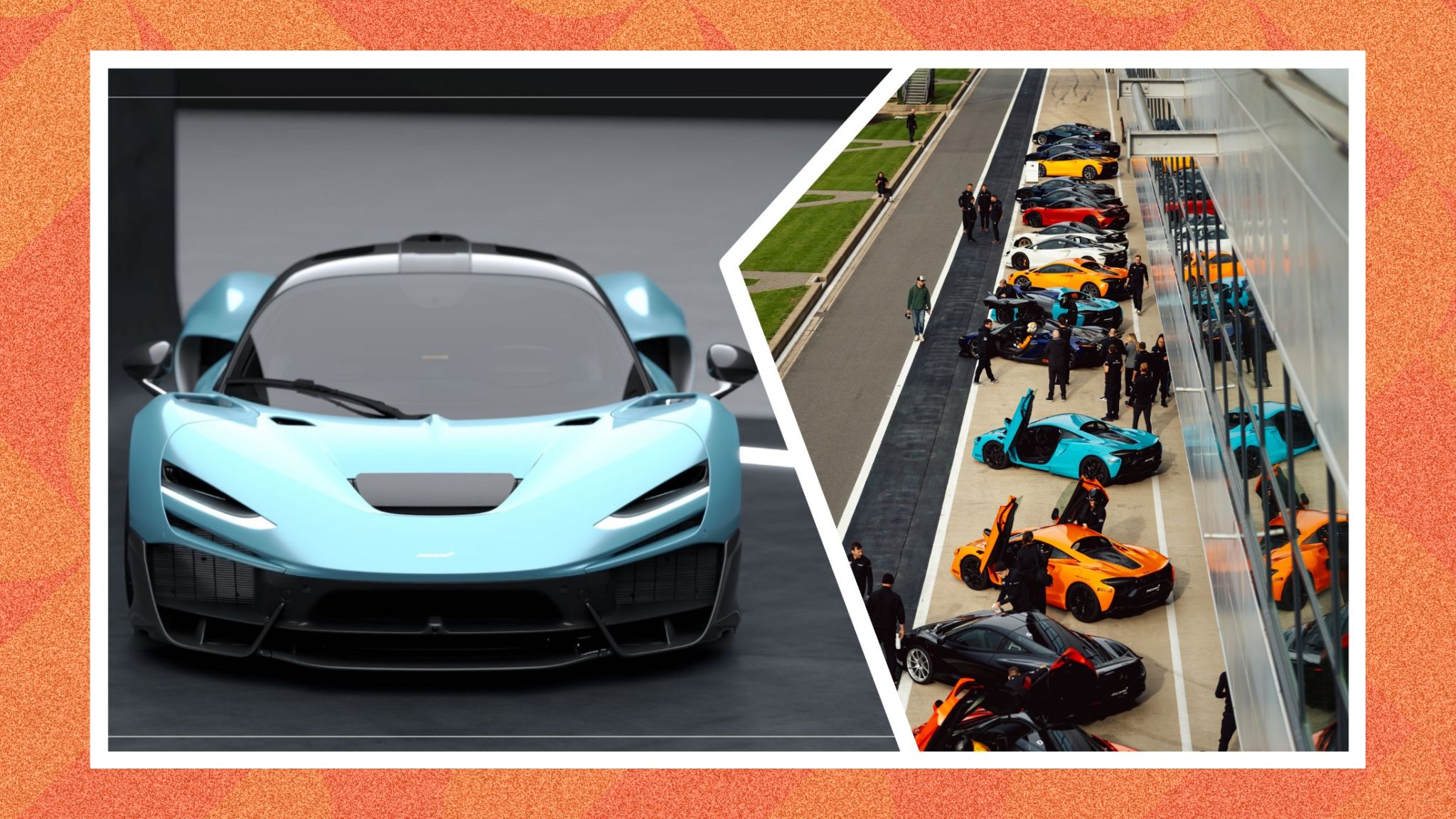
I'm sitting in Silverstone's Paddock Club, designing a £2 million supercar I'll never own. On the screen in front of me, a McLaren W1 morphs from papaya orange to iridium blue. I add anniversary white accents. A Napoli Scudetto shield on one side. A Union Jack on the other. Diamond-cut wheels. 24-karat gold foil encasing the engine. Harissa red stitching spelling out my initials.
"We can do that," says the MSO specialist calmly, as if I hadn't just requested elvish inscriptions on the steering wheel.
Welcome to McLaren Special Operations (MSO) — the ultra-exclusive bespoke division where the world's wealthiest car enthusiasts commission one-off machines. Think Savile Row tailoring, but for 200mph hypercars.
I've been given rare access to Pure McLaren Silverstone, the brand's signature track event for top-tier customers. Over the next eight hours, I'll witness the first public dynamic test of the W1, drive the Artura hybrid supercar on track, and gain unprecedented access to MSO — a division so discreet, it's based off-site, not at the famous McLaren Technology Centre in Surrey.
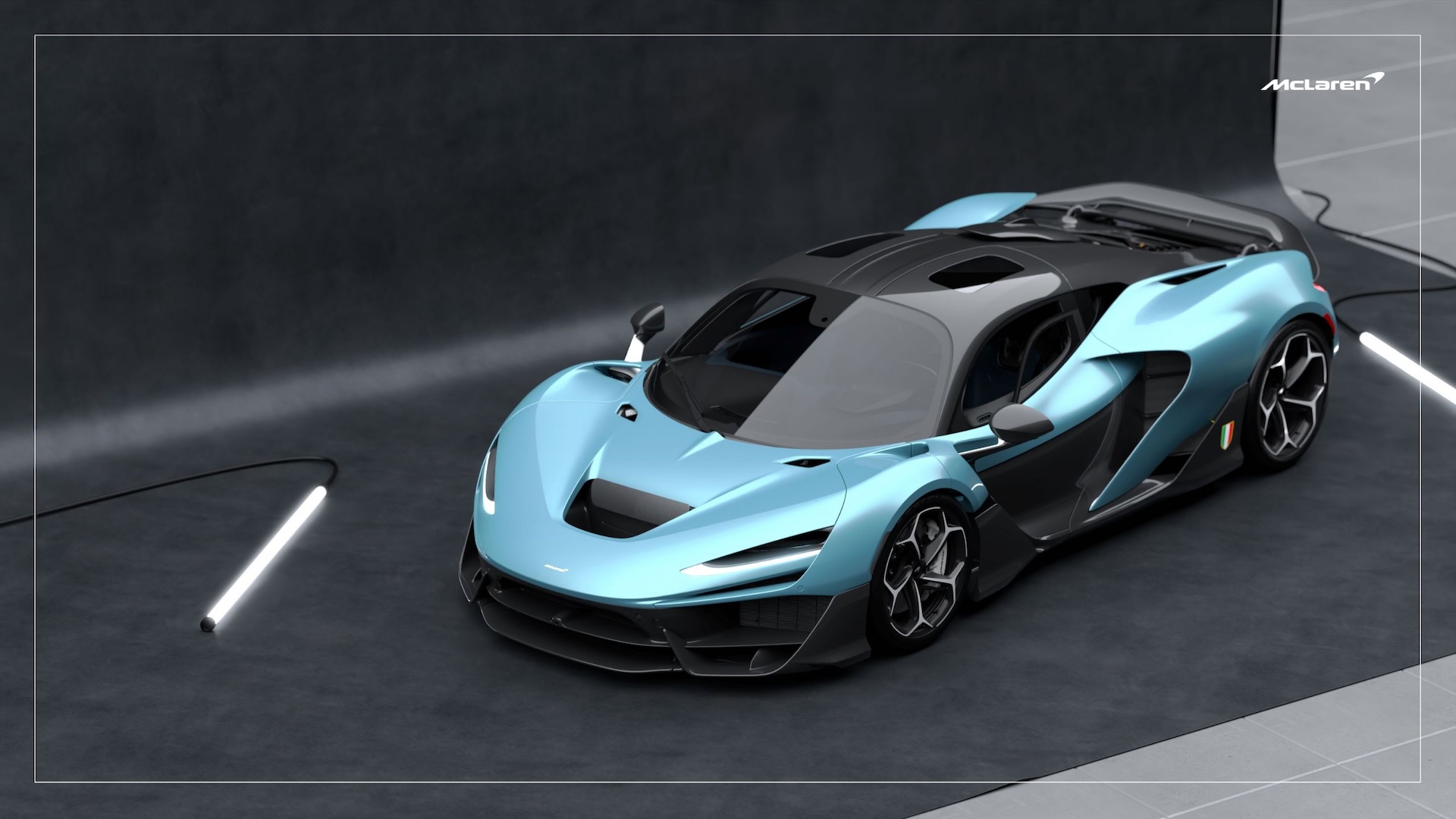
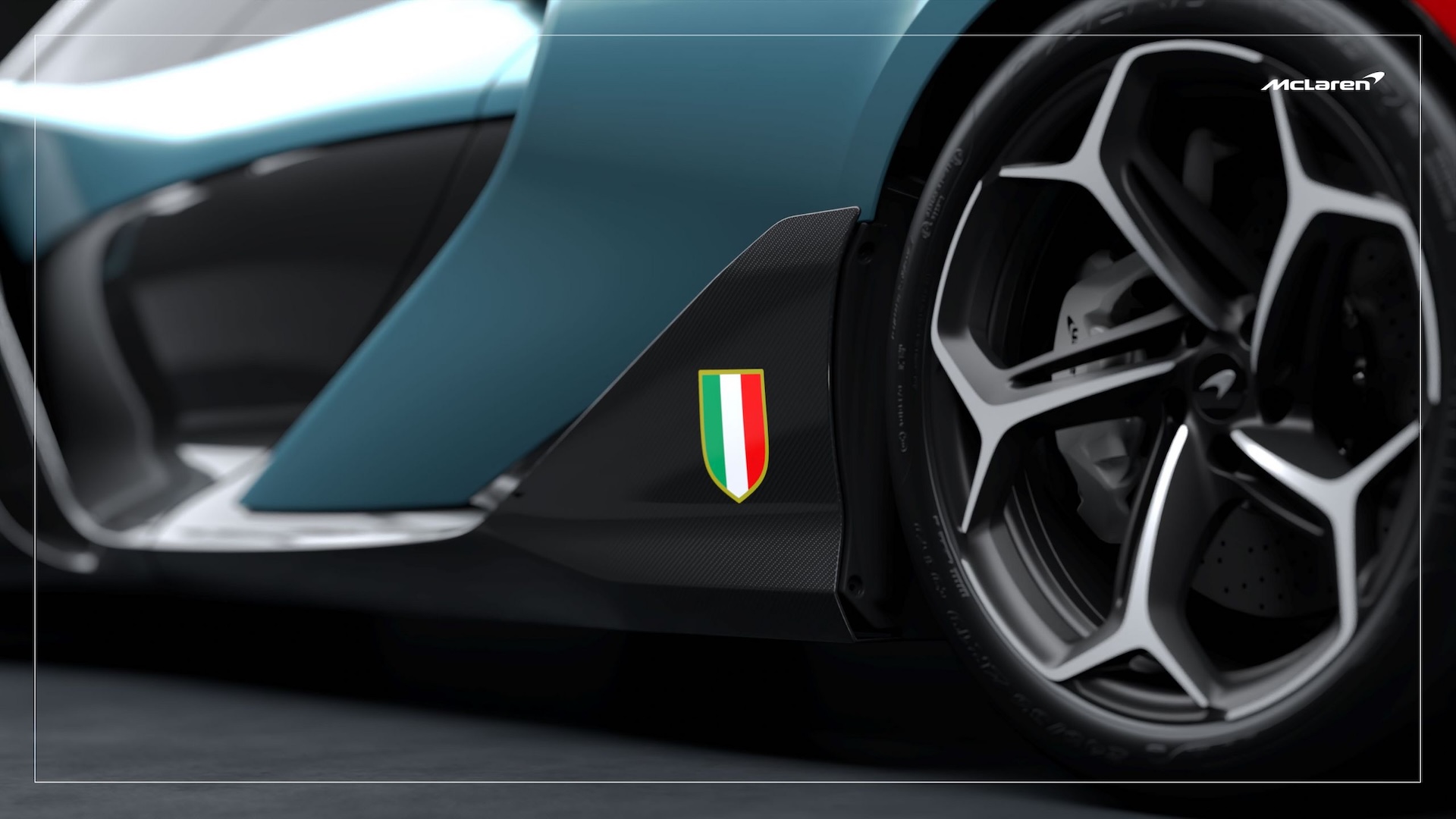
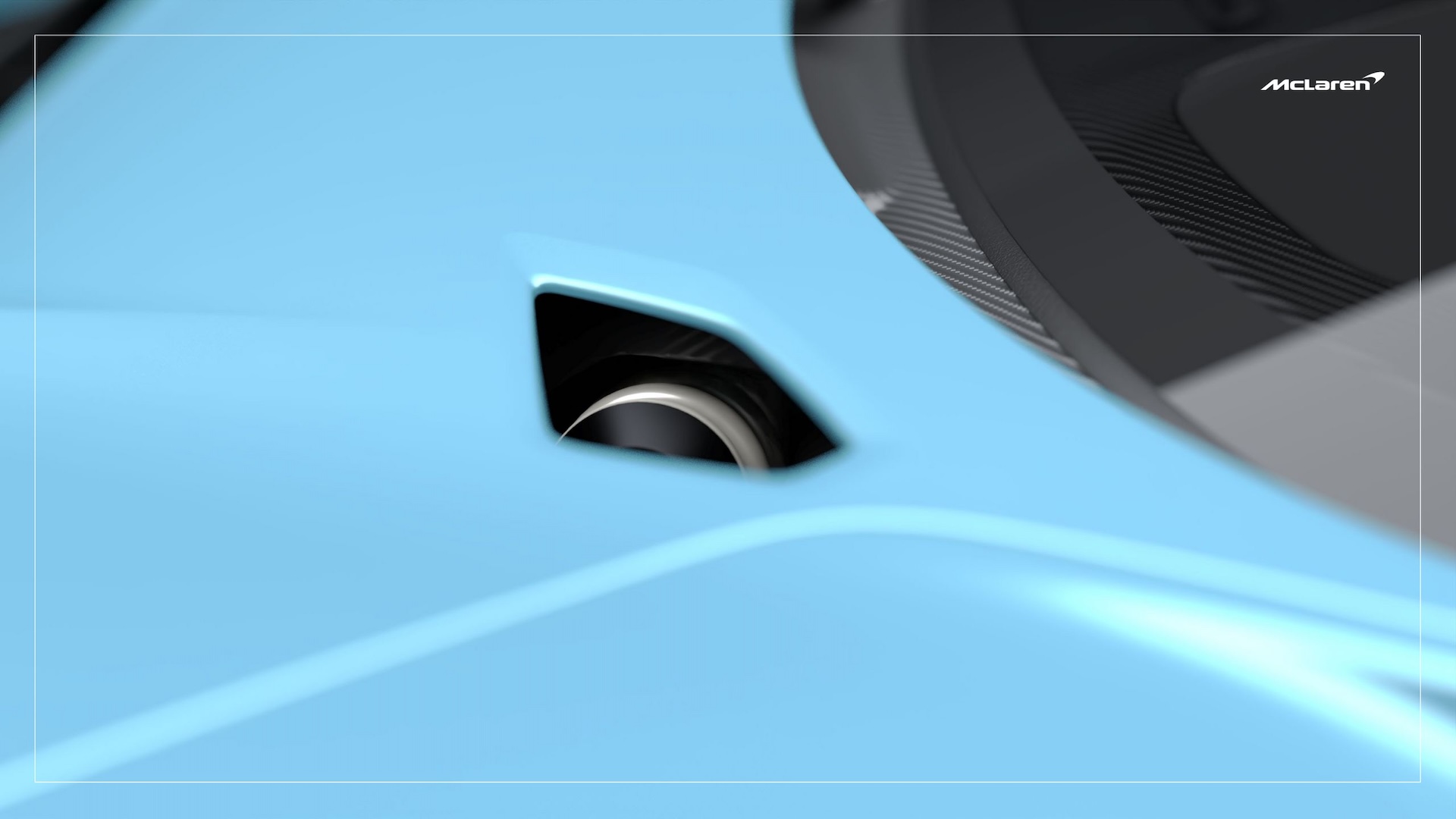
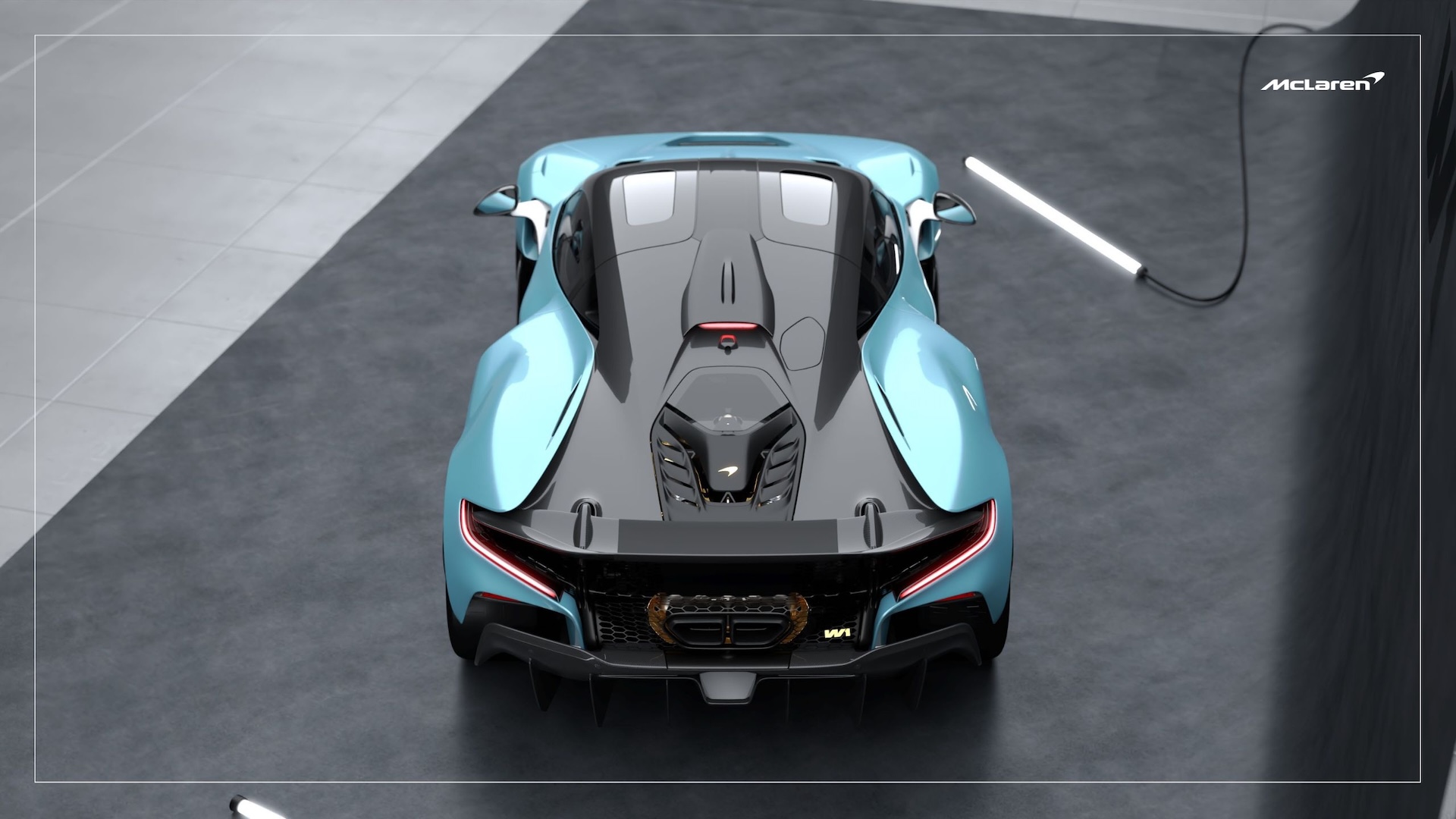
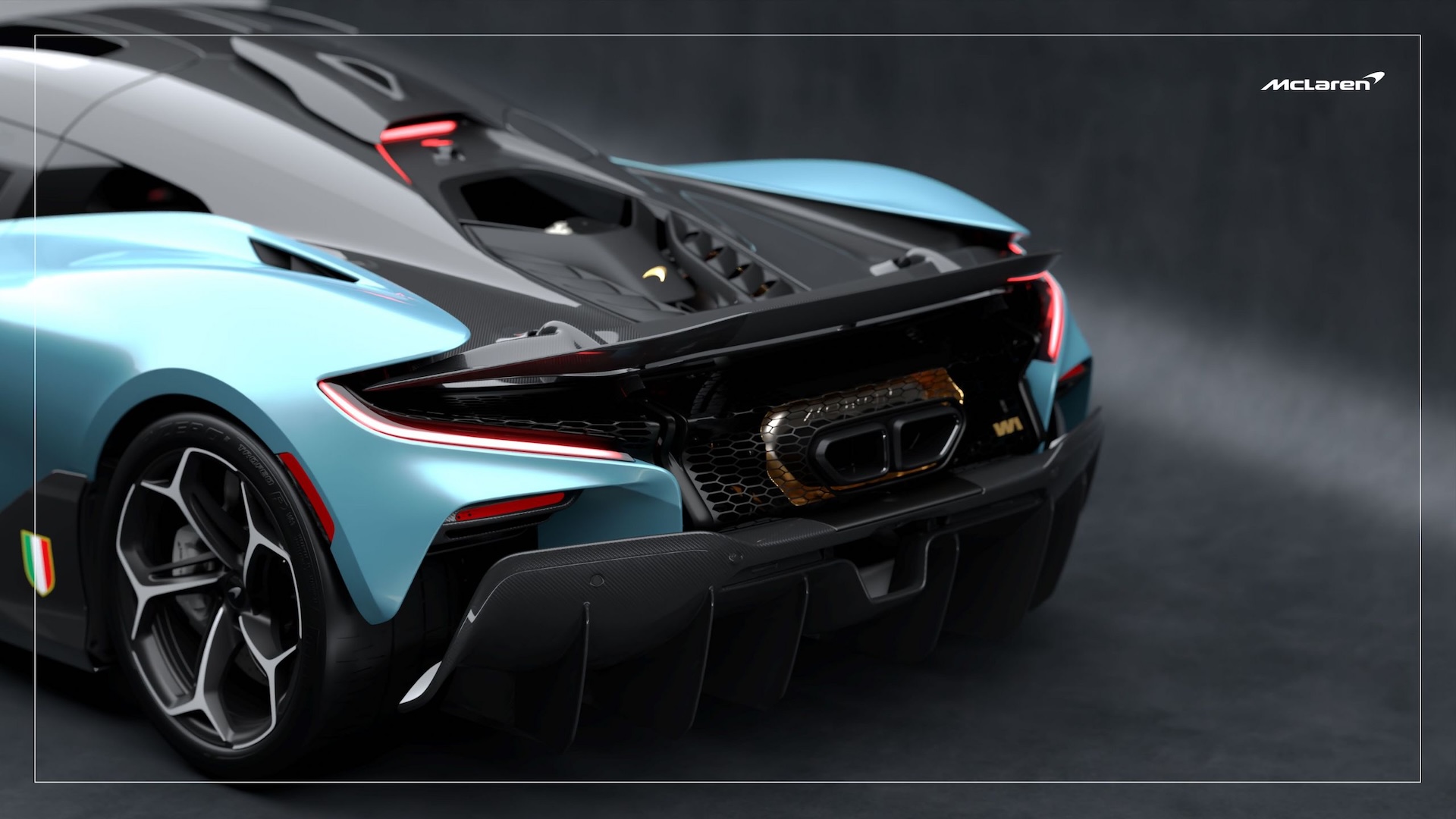
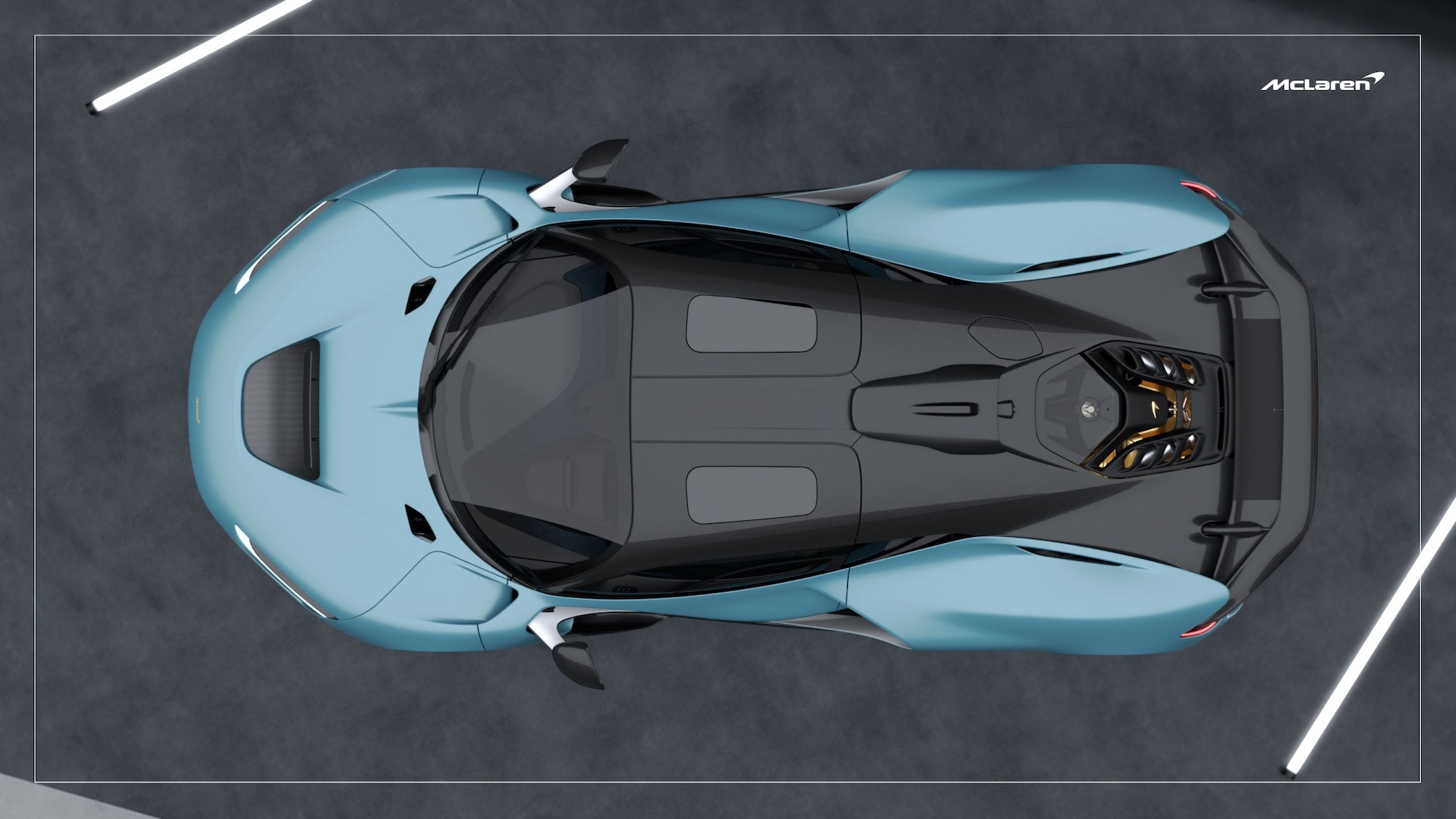
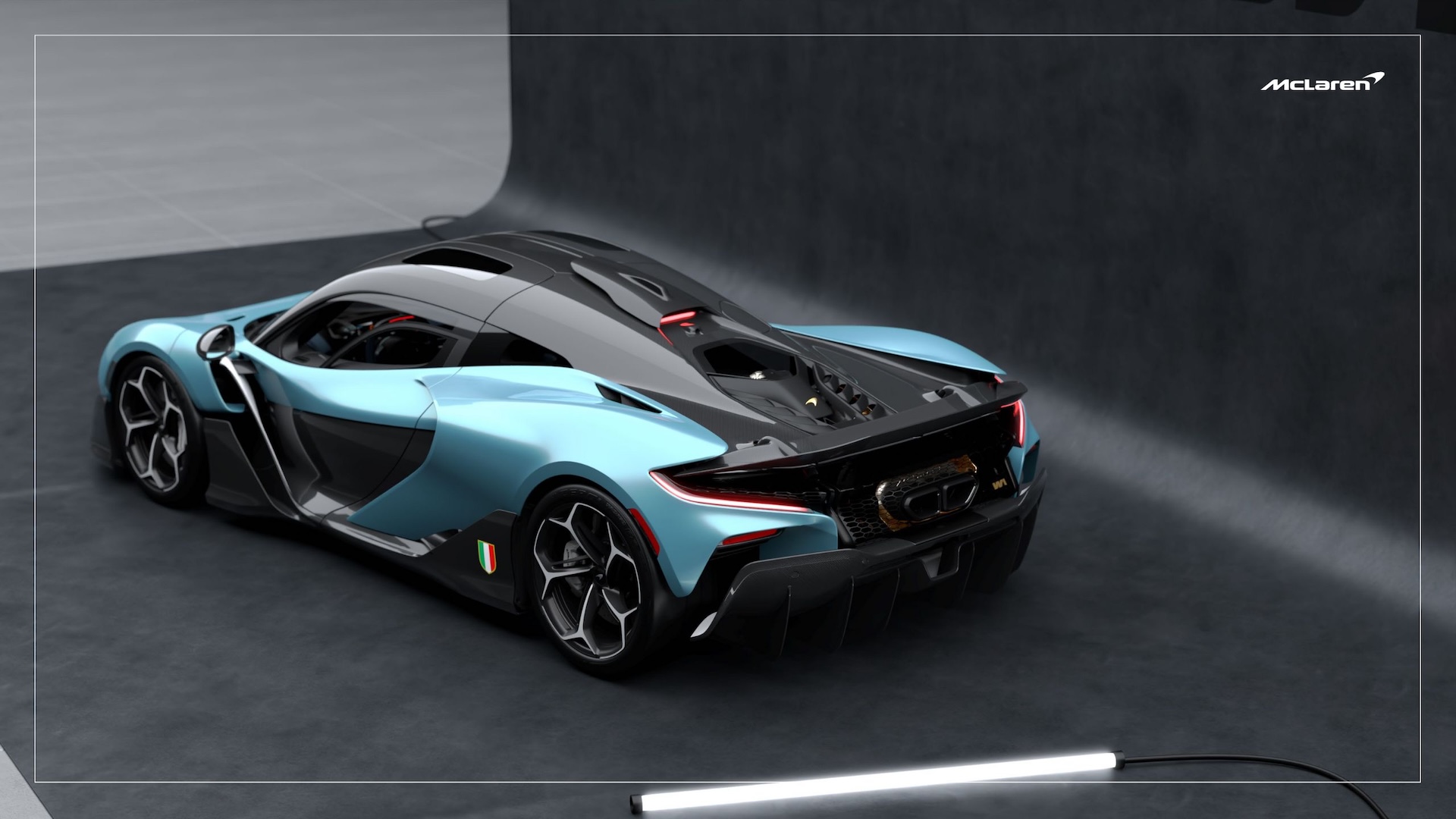
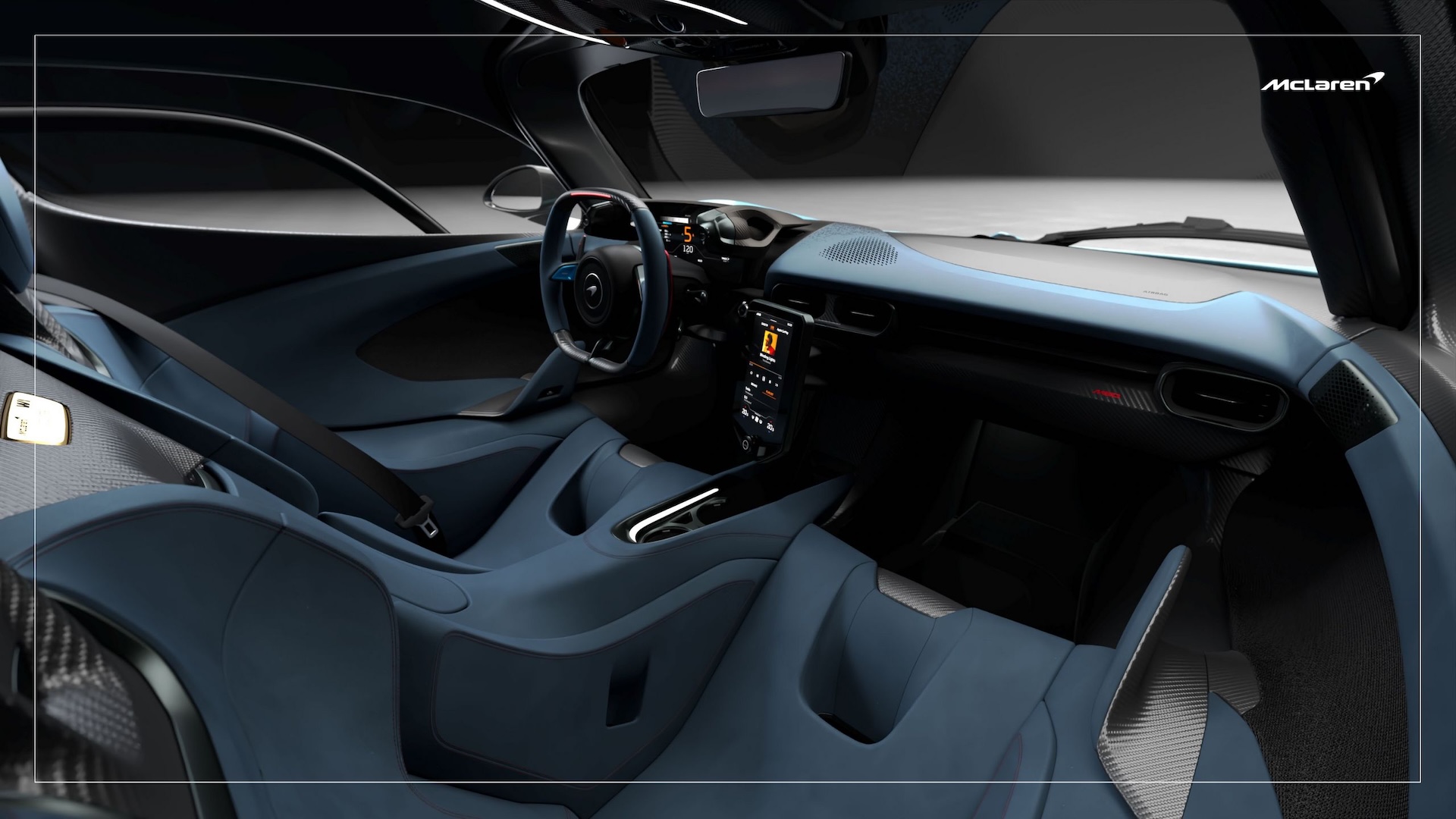
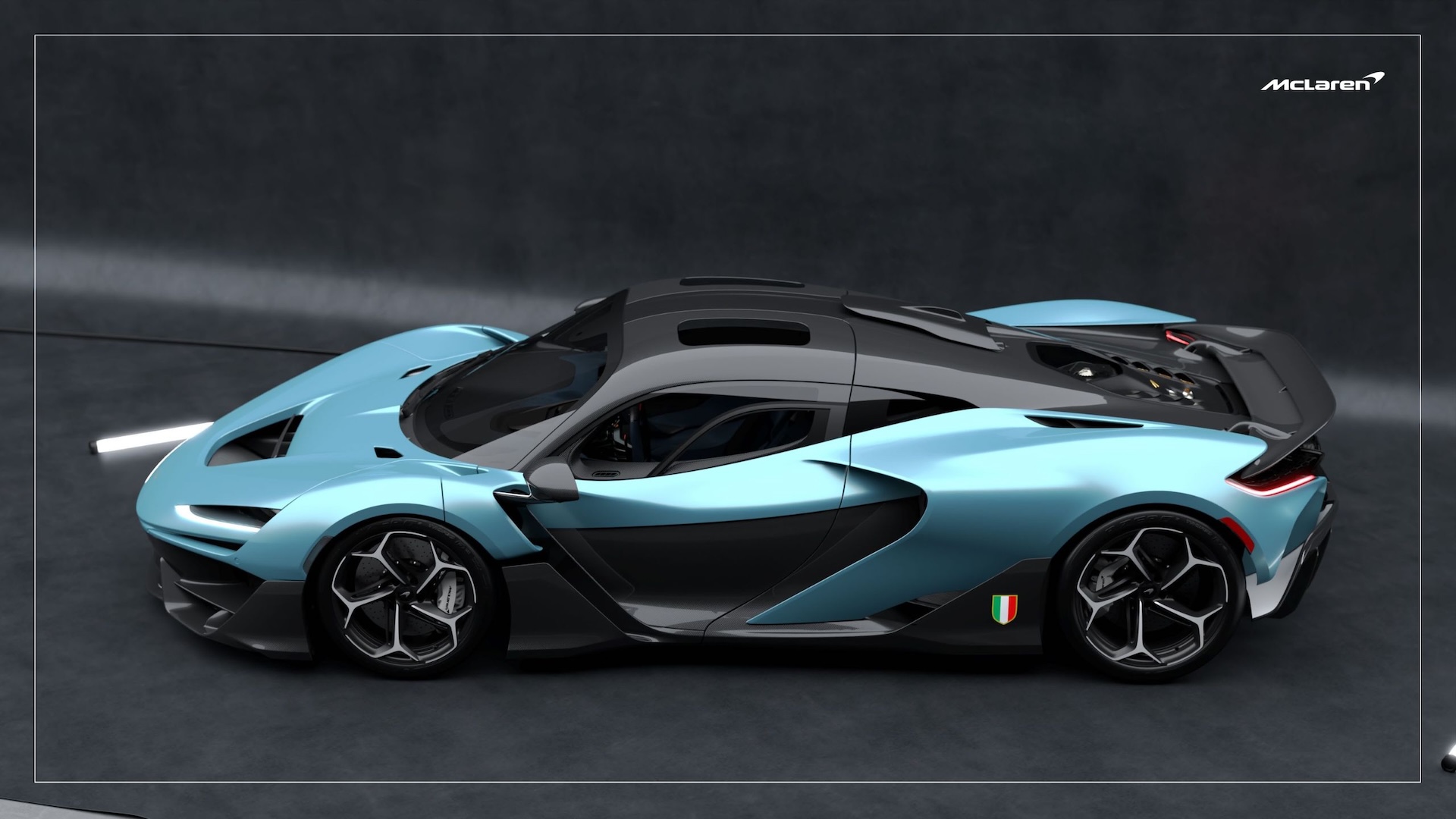
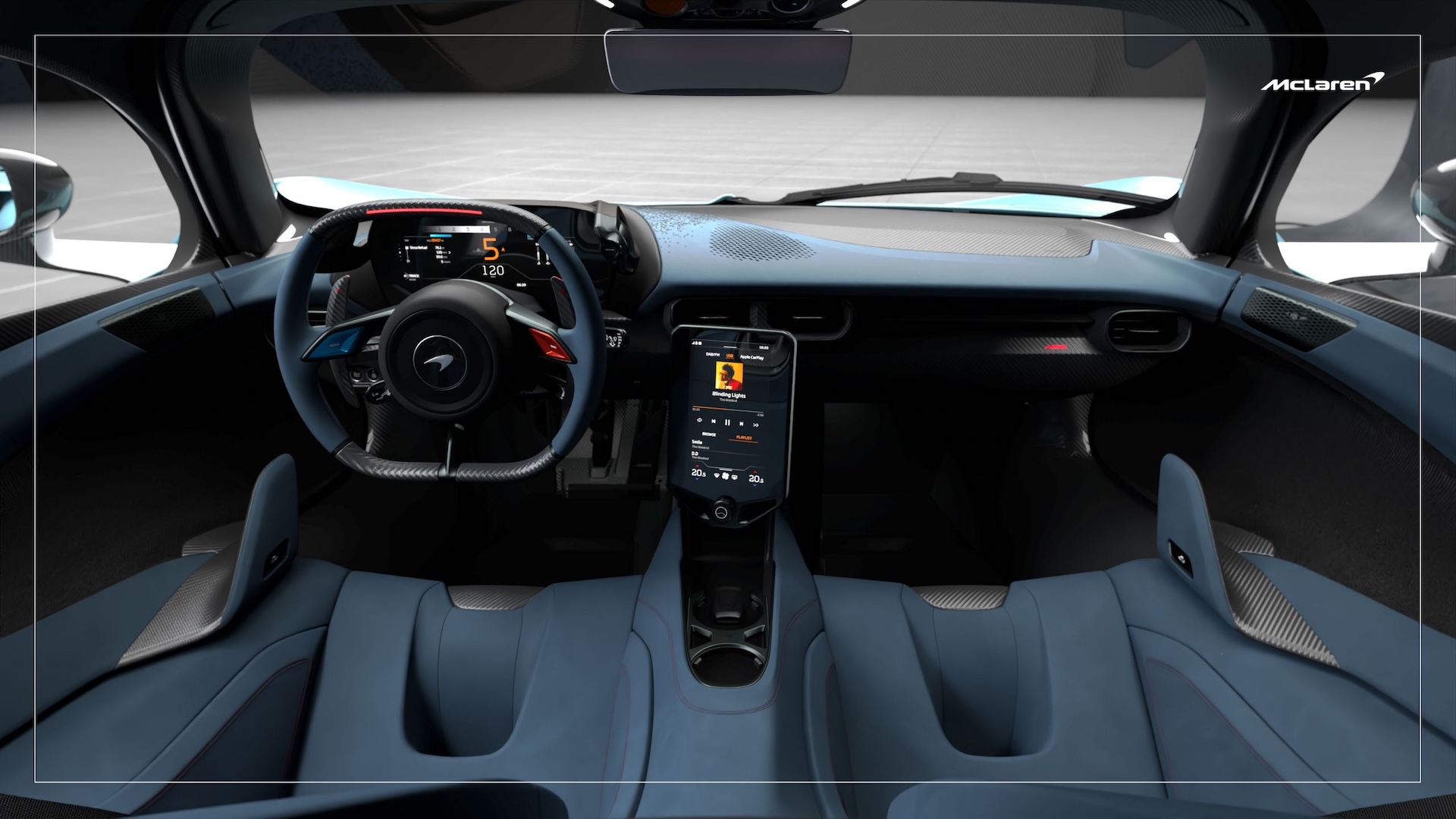
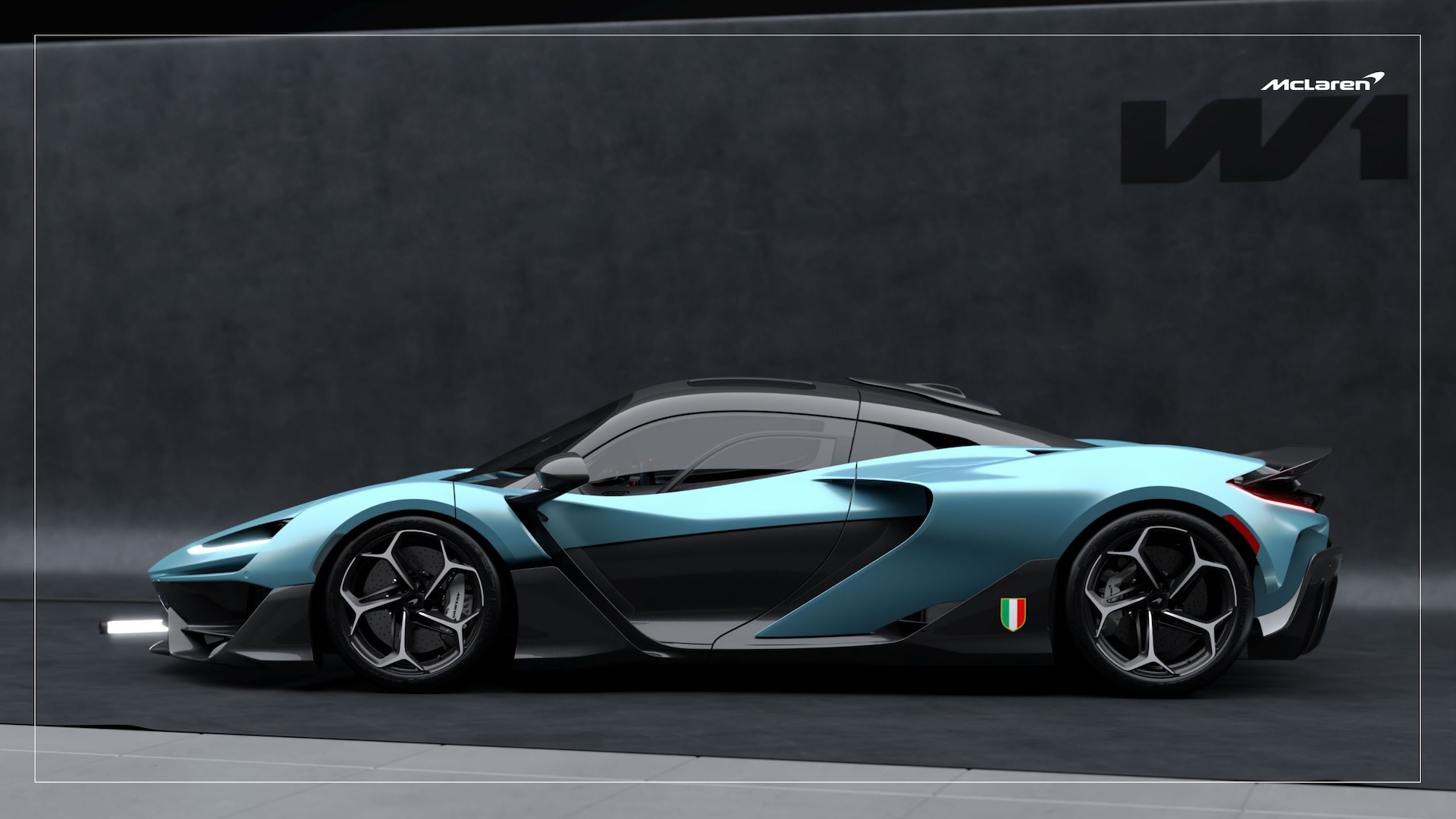
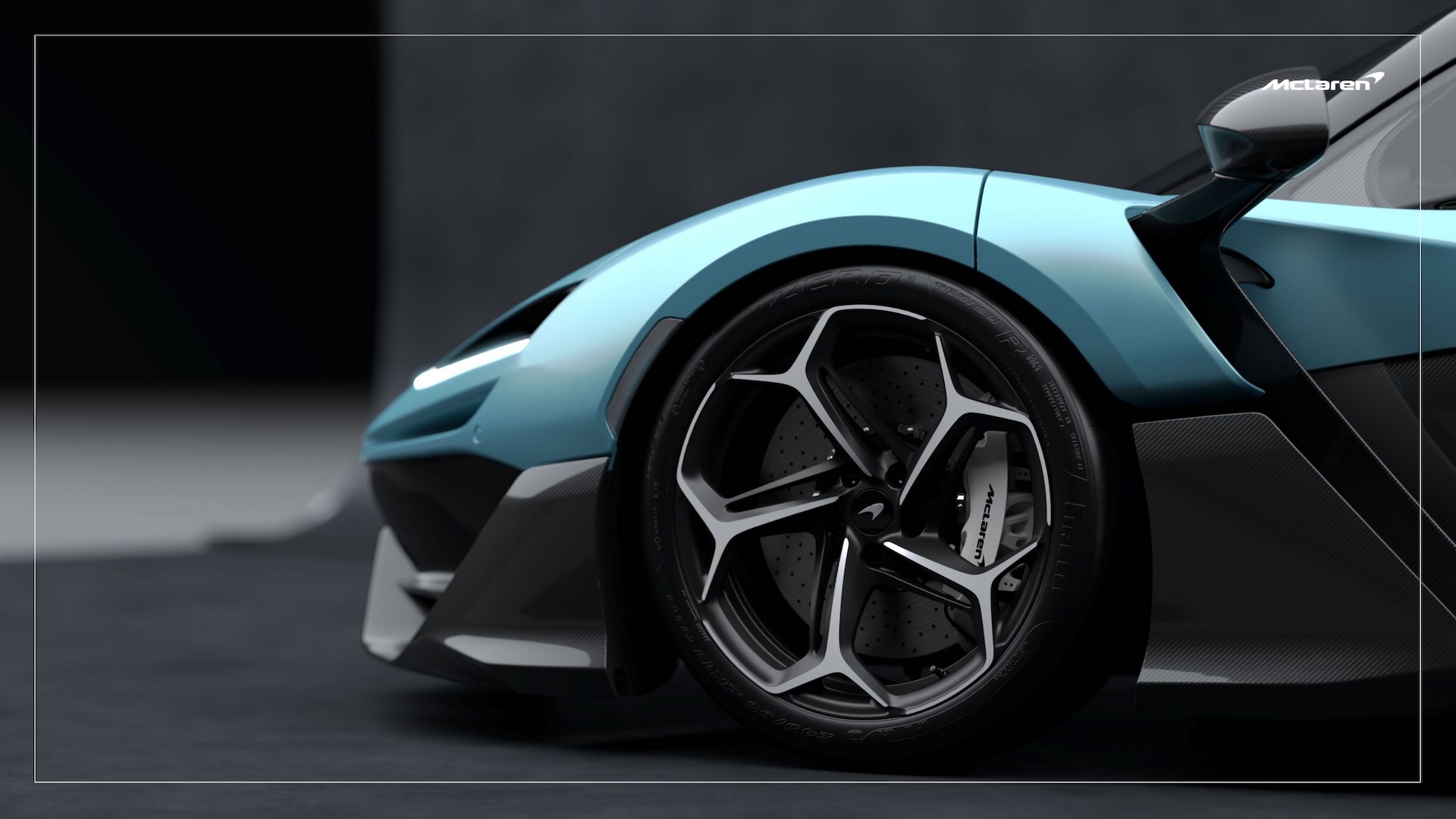
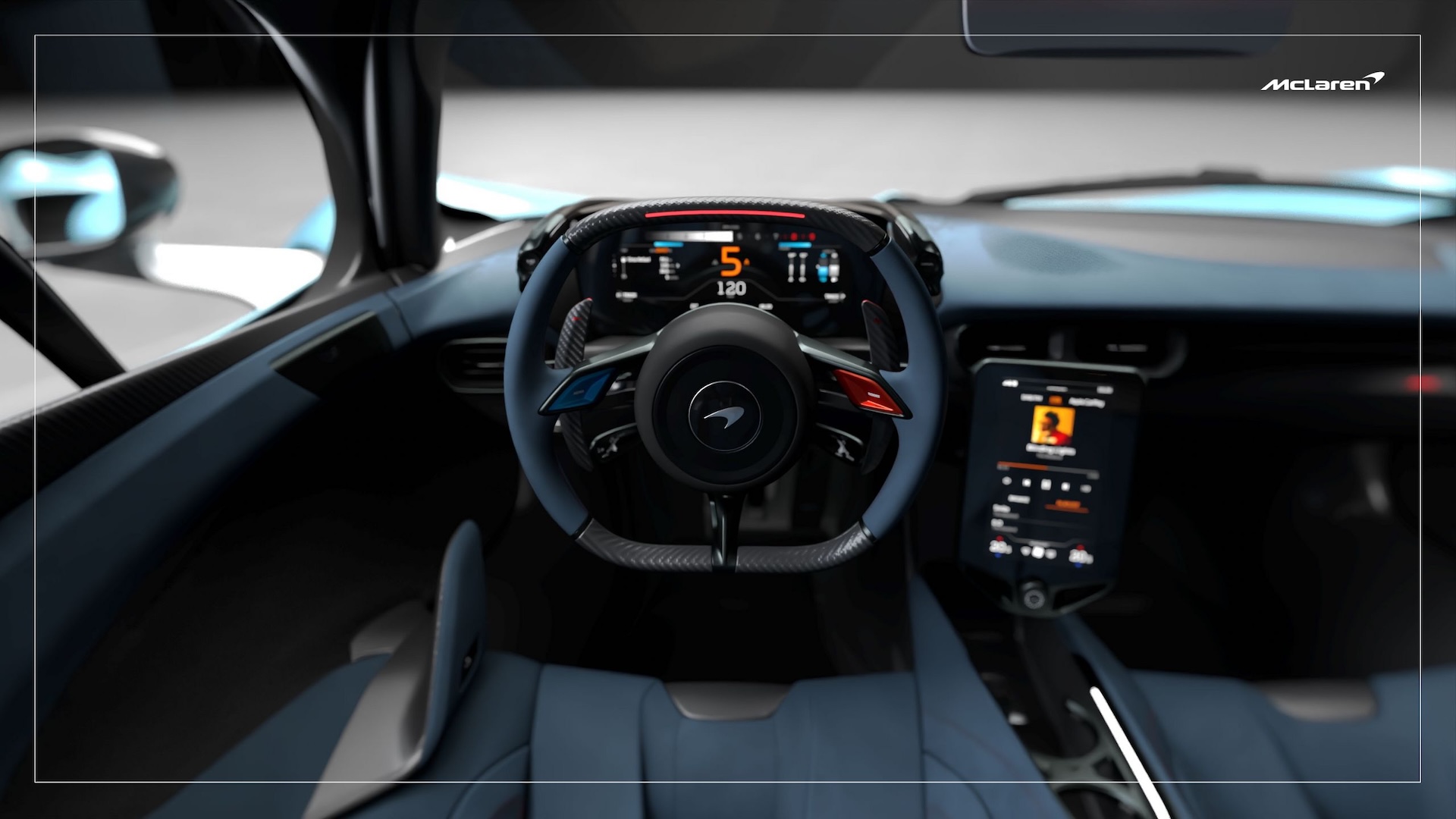
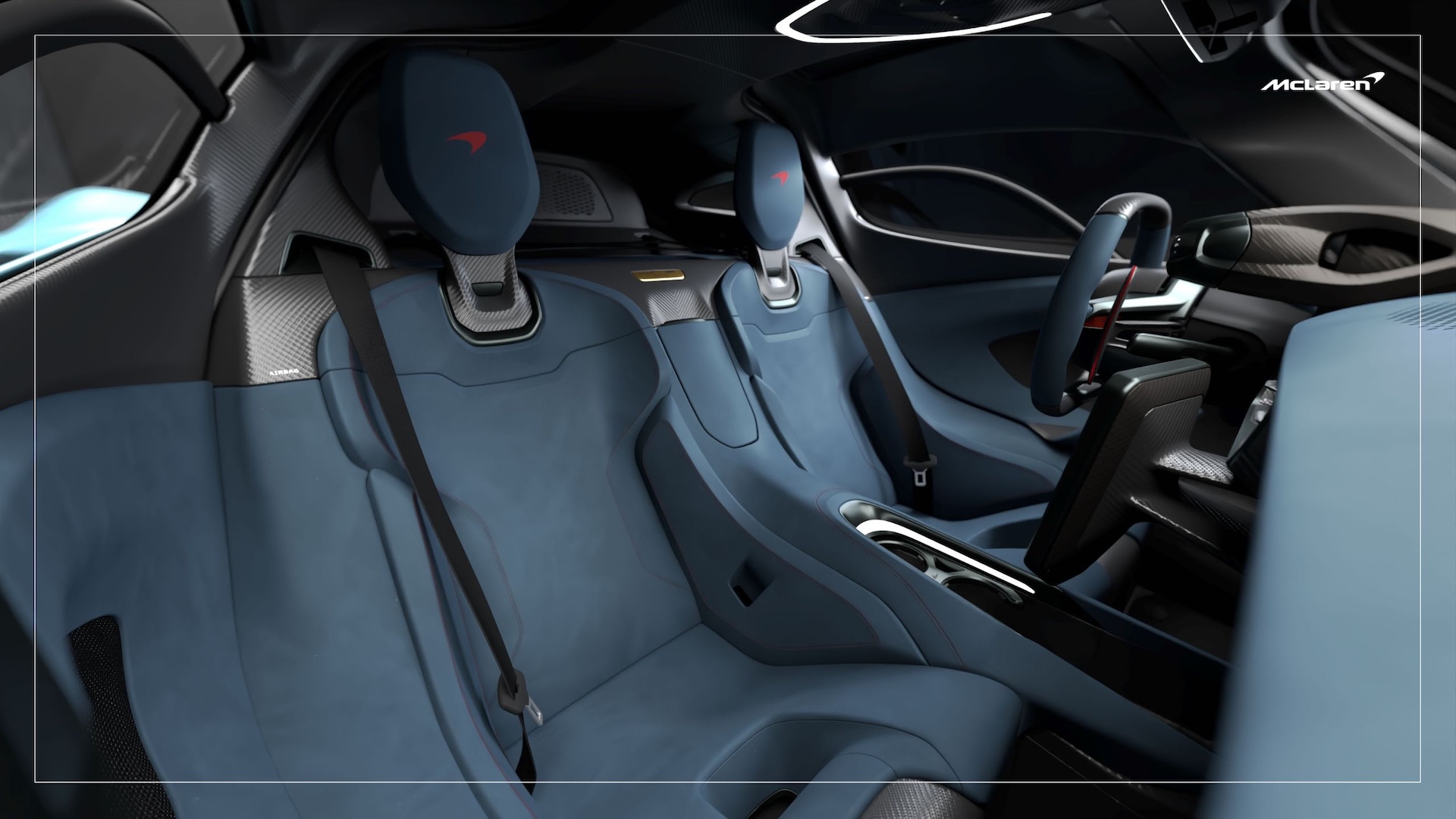
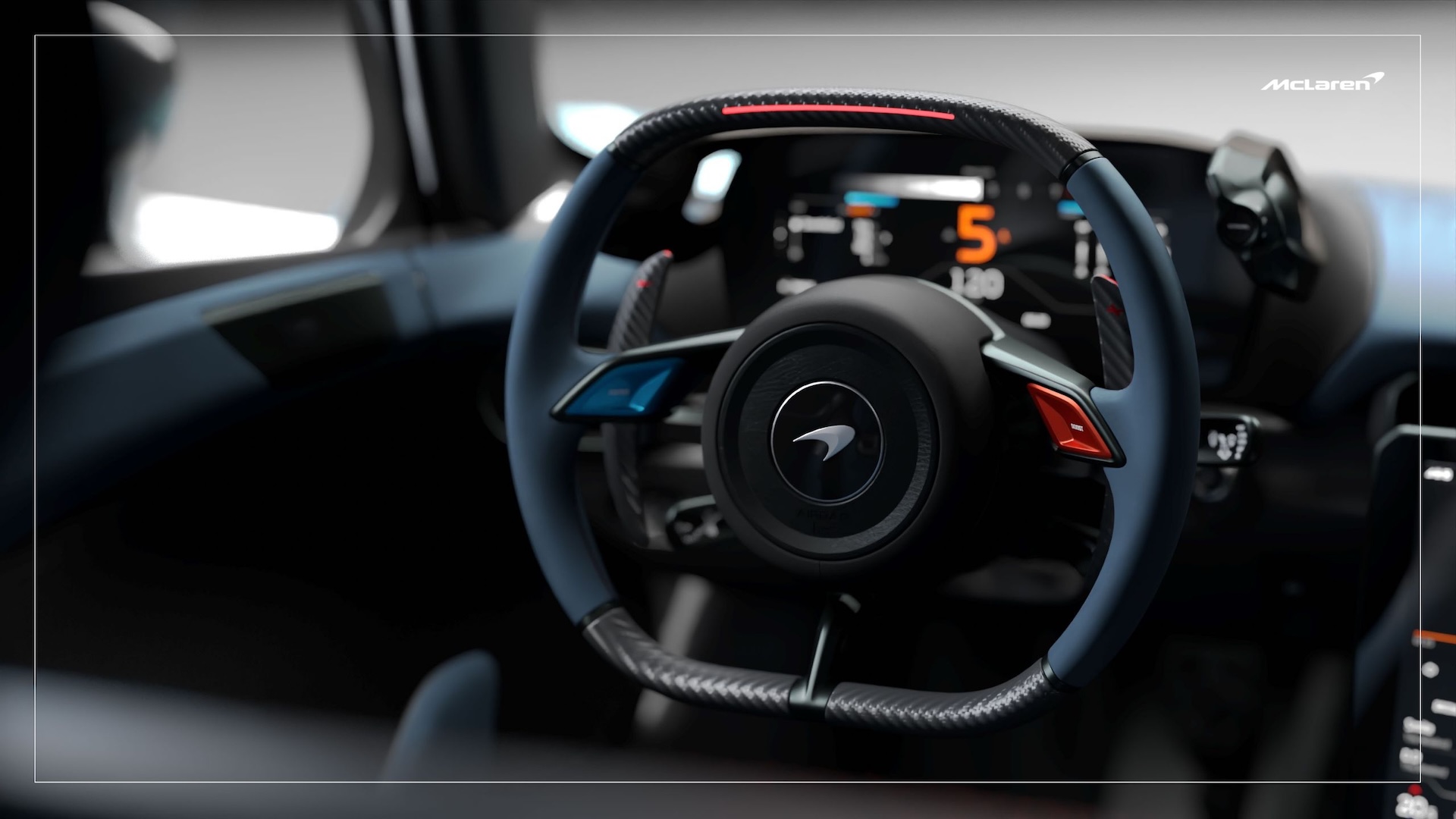
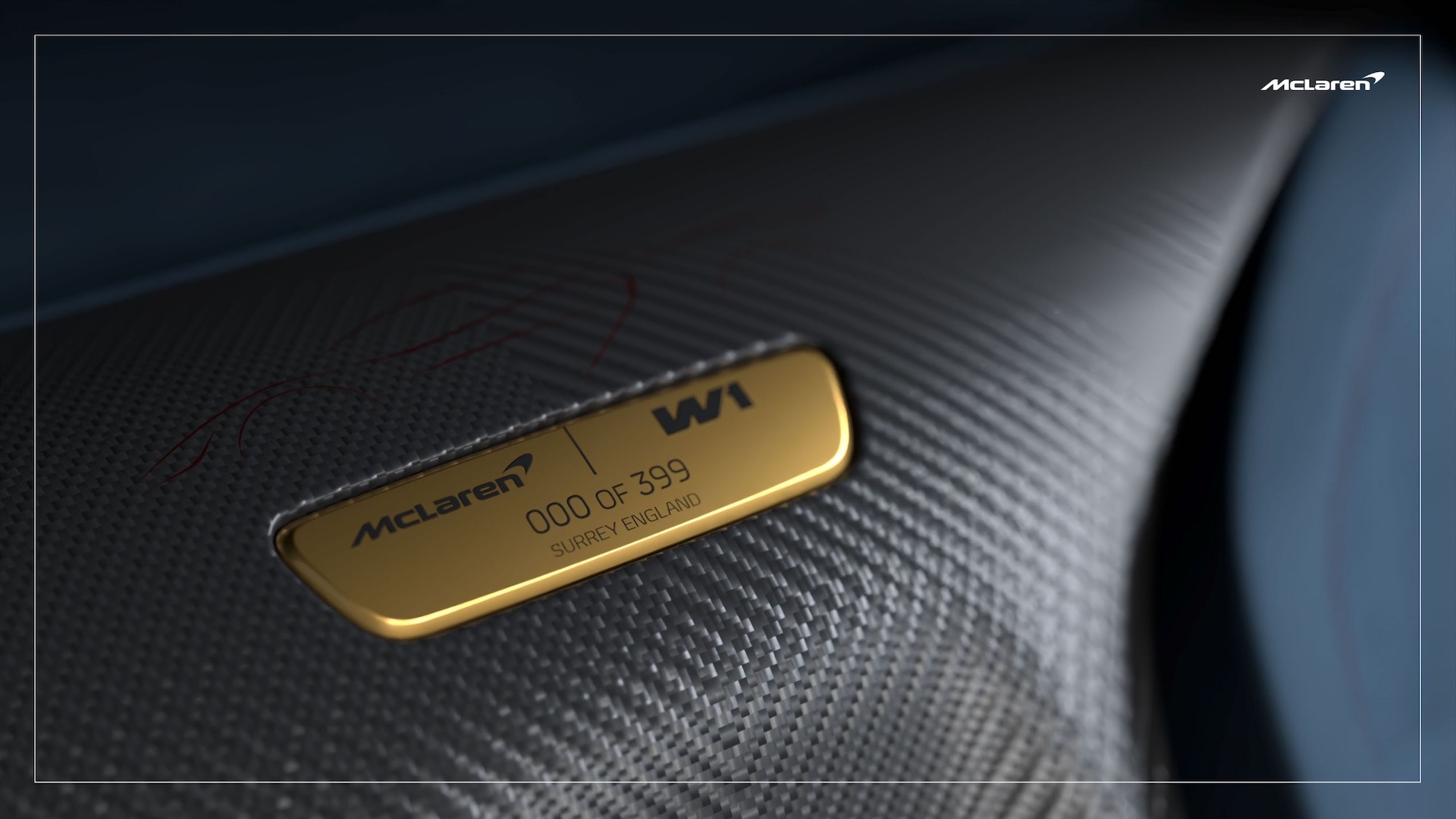
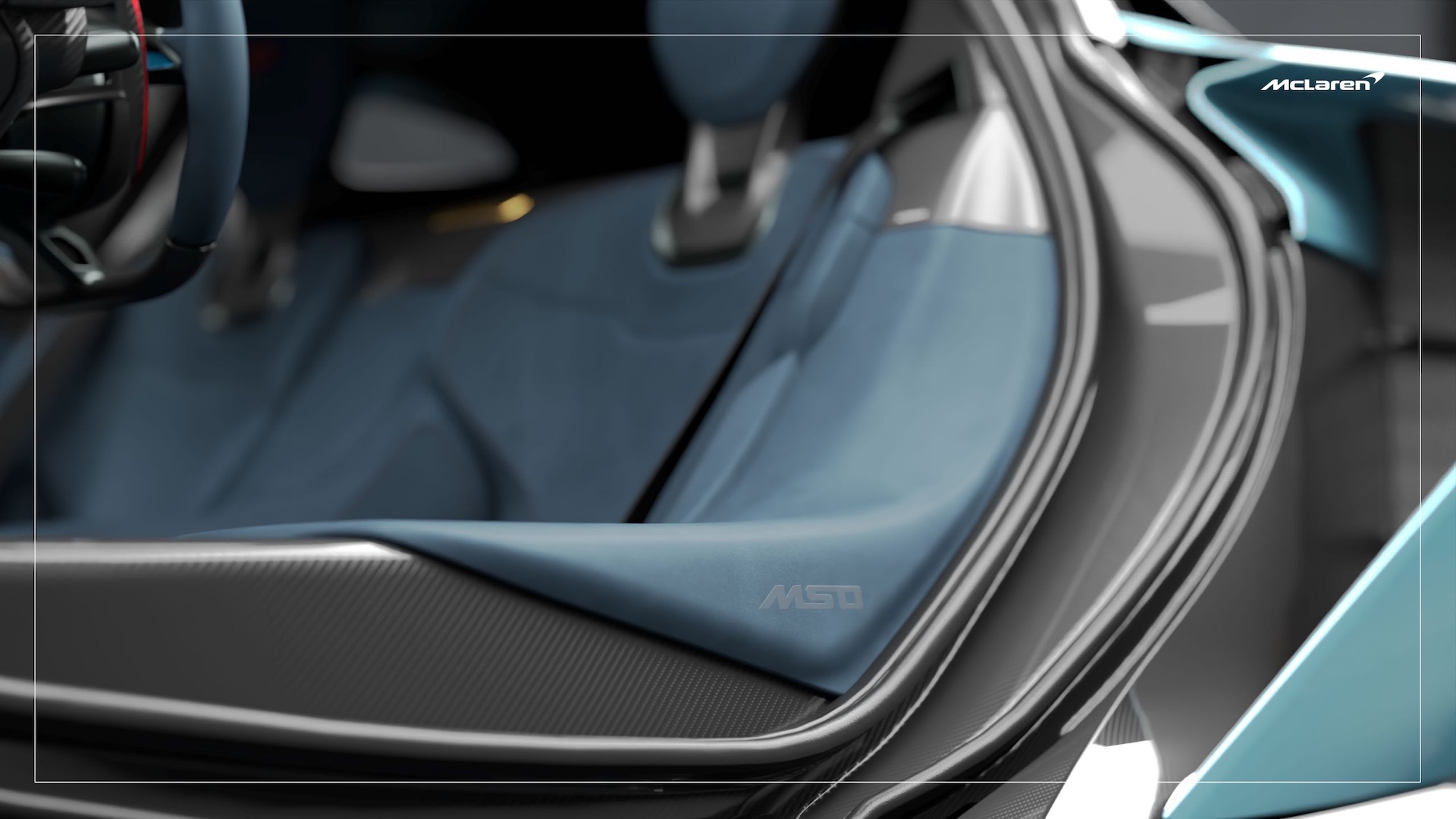
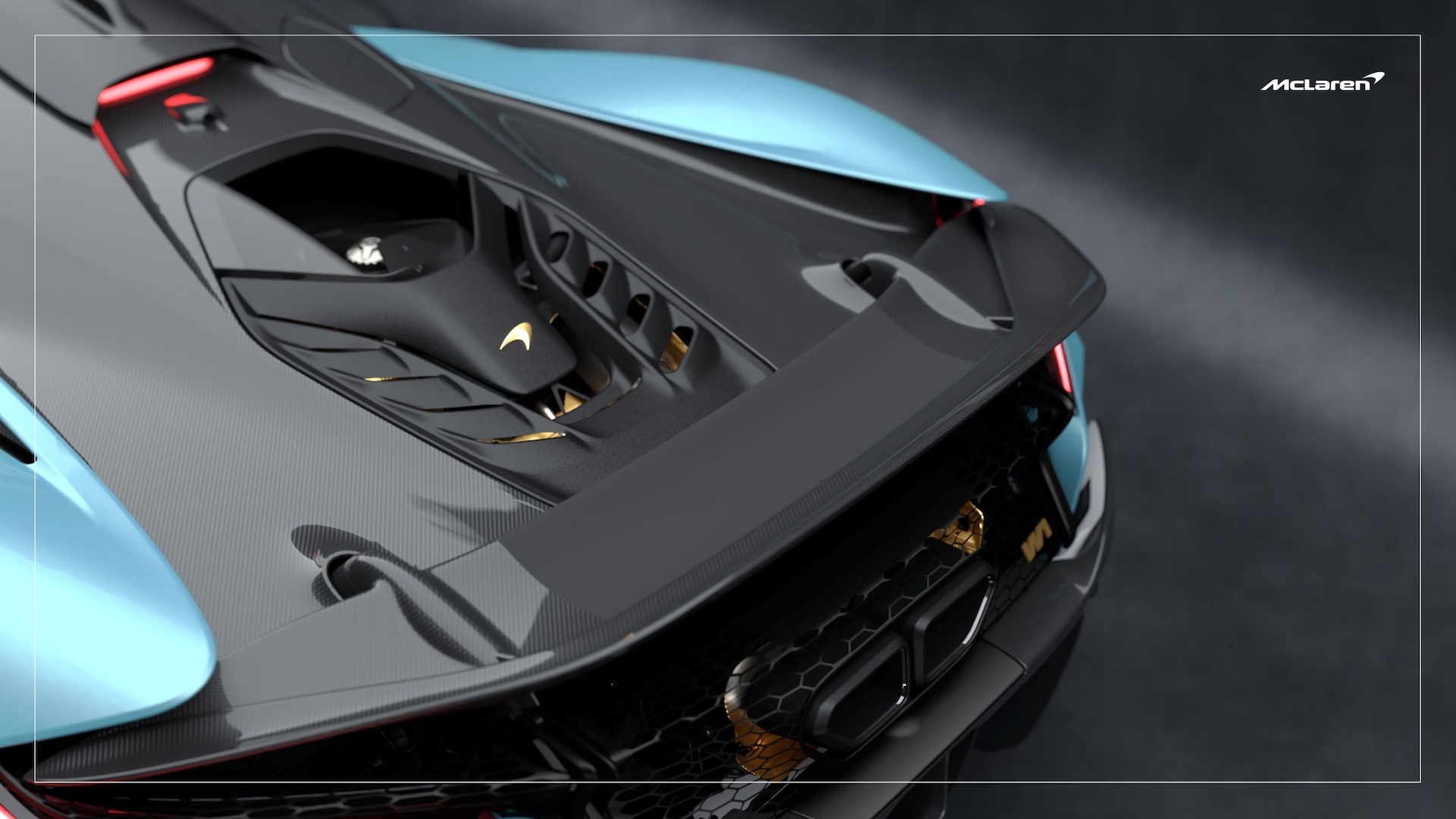
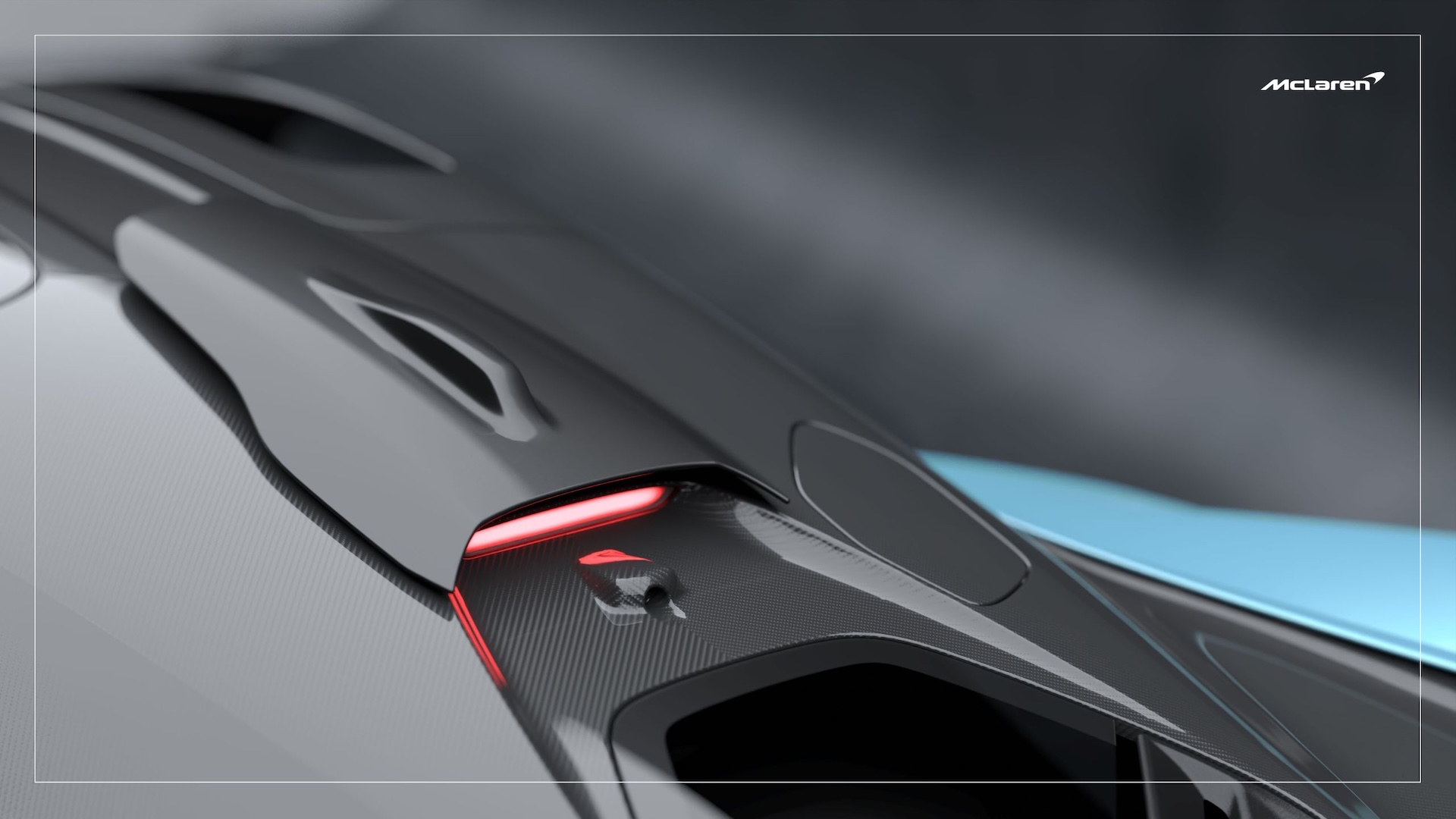
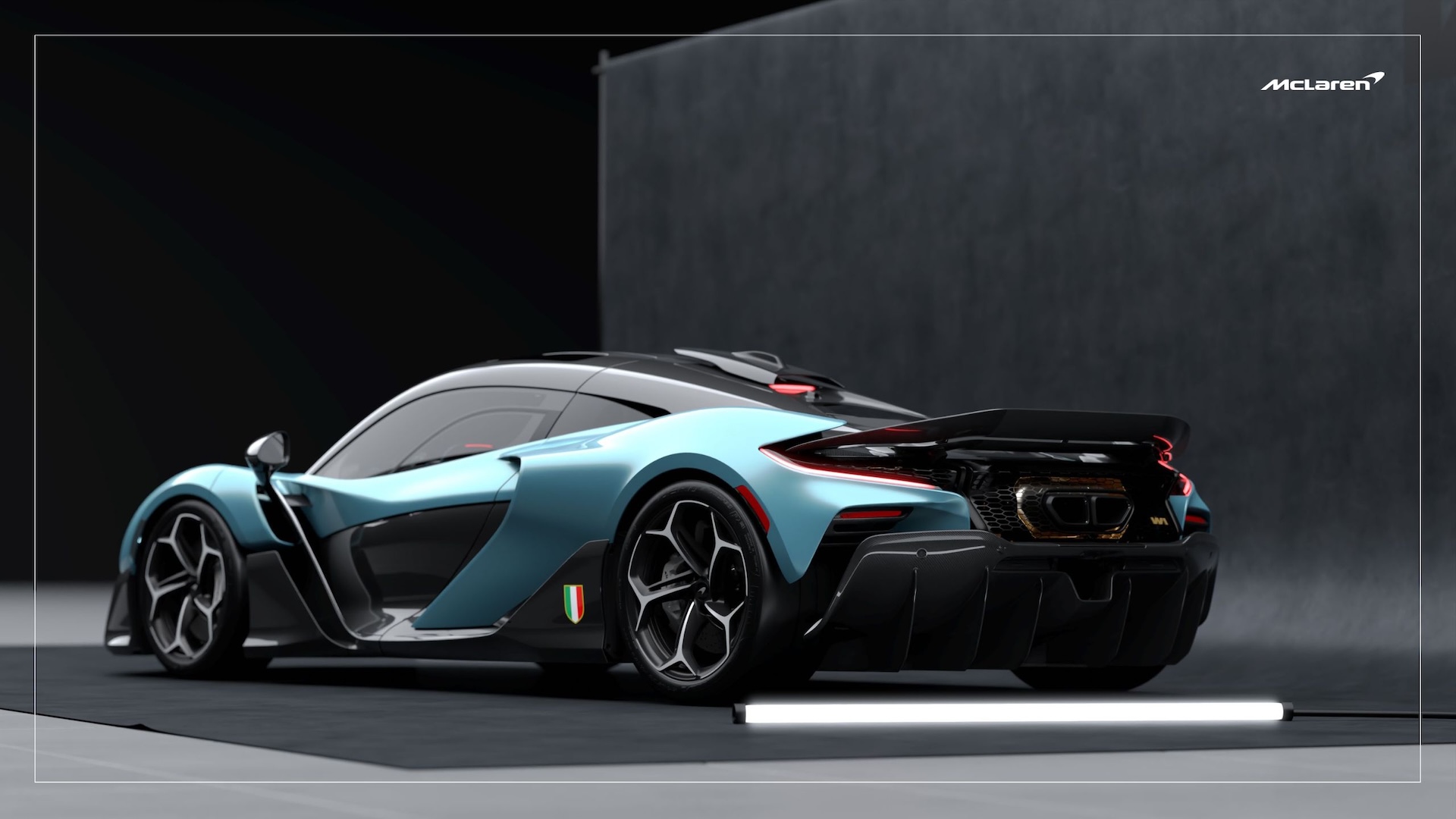
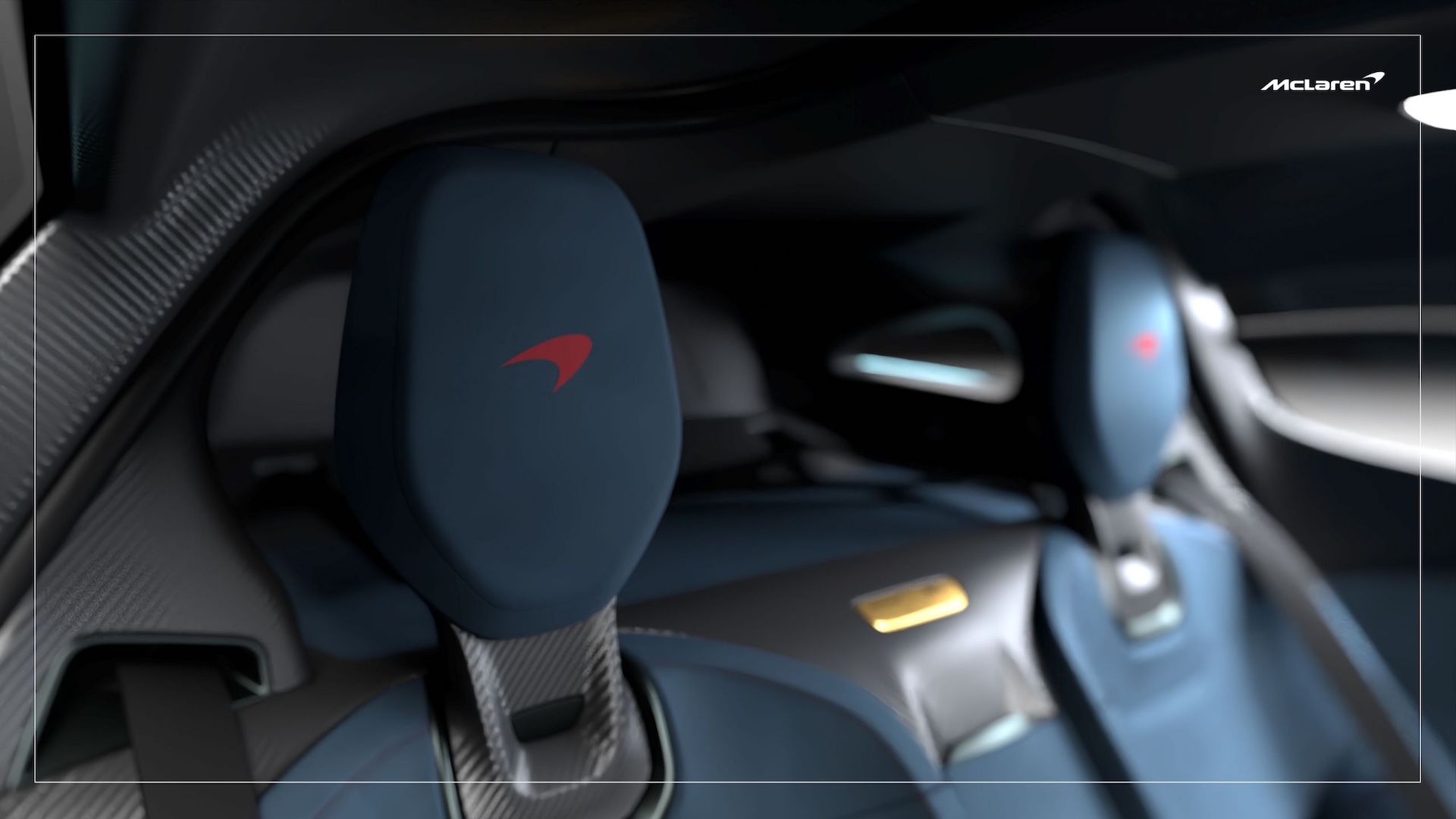
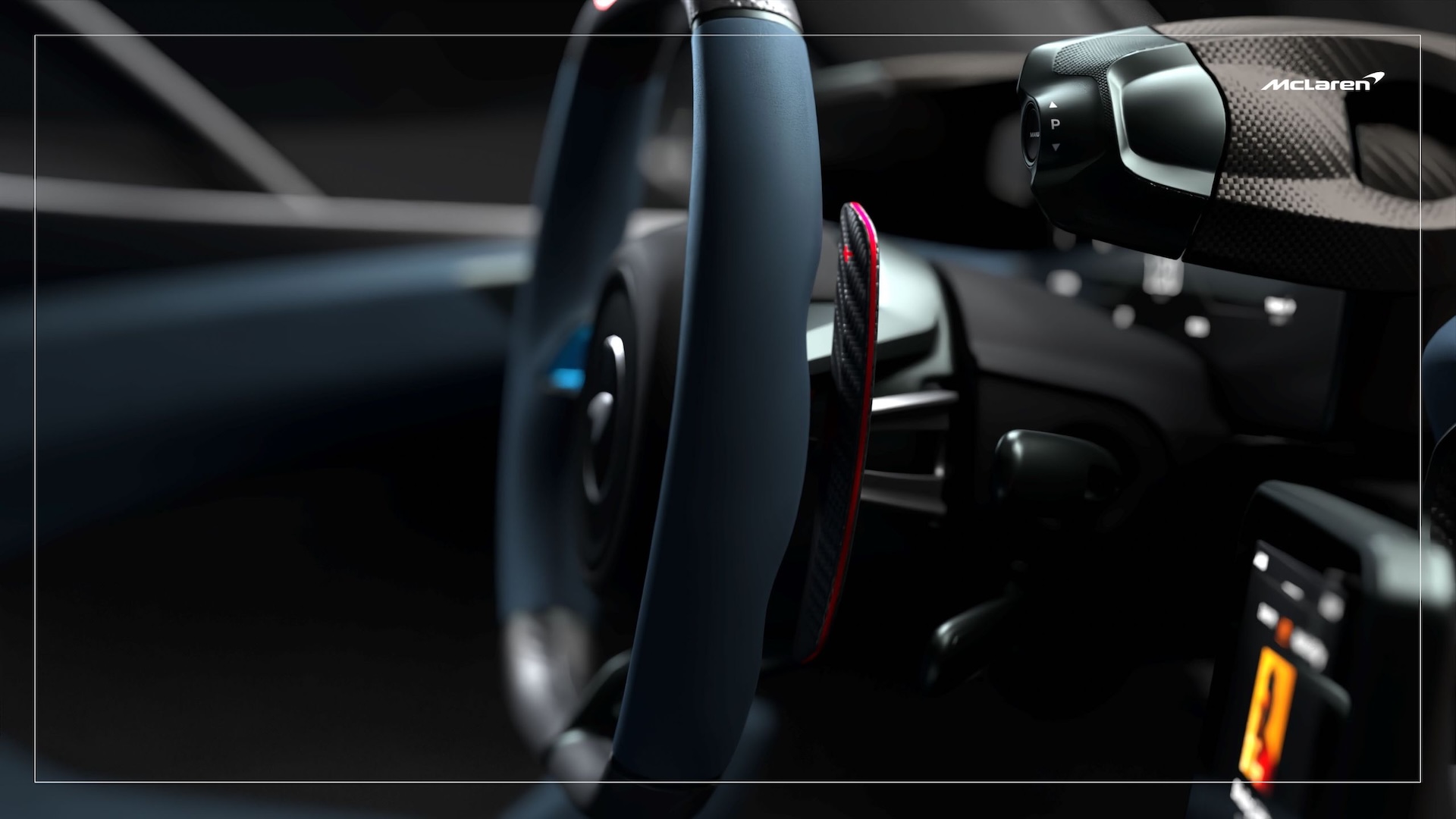
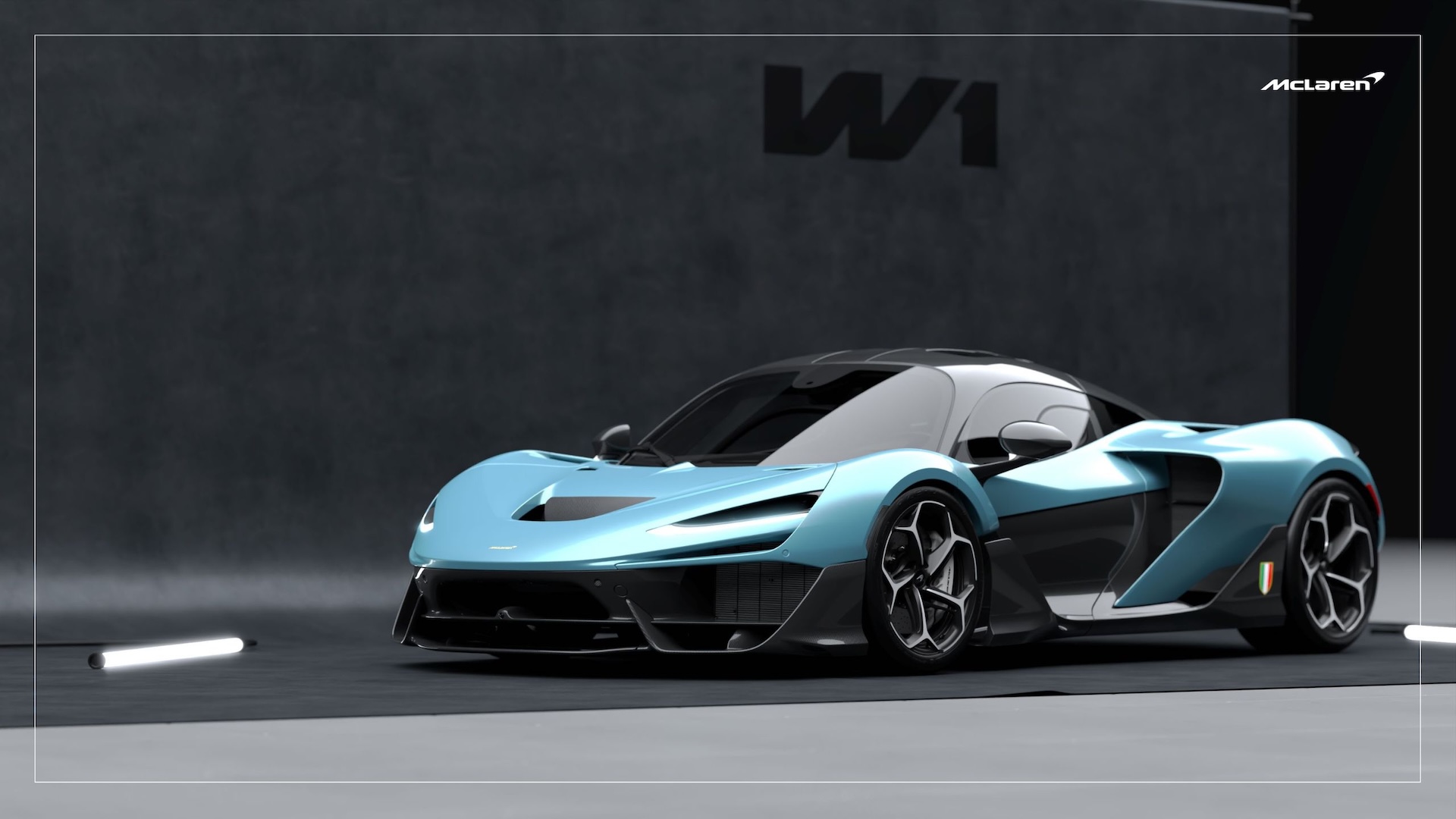
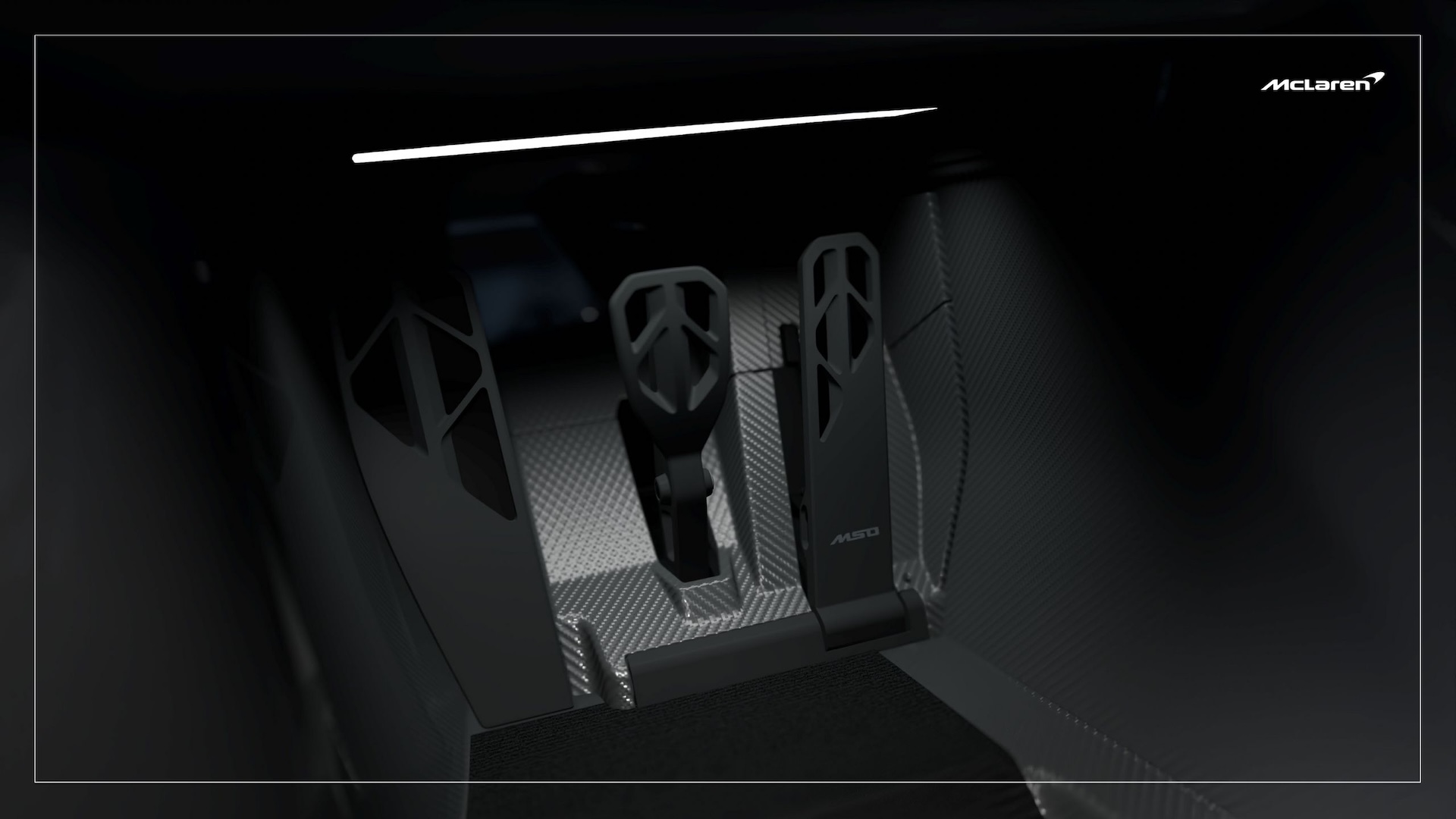
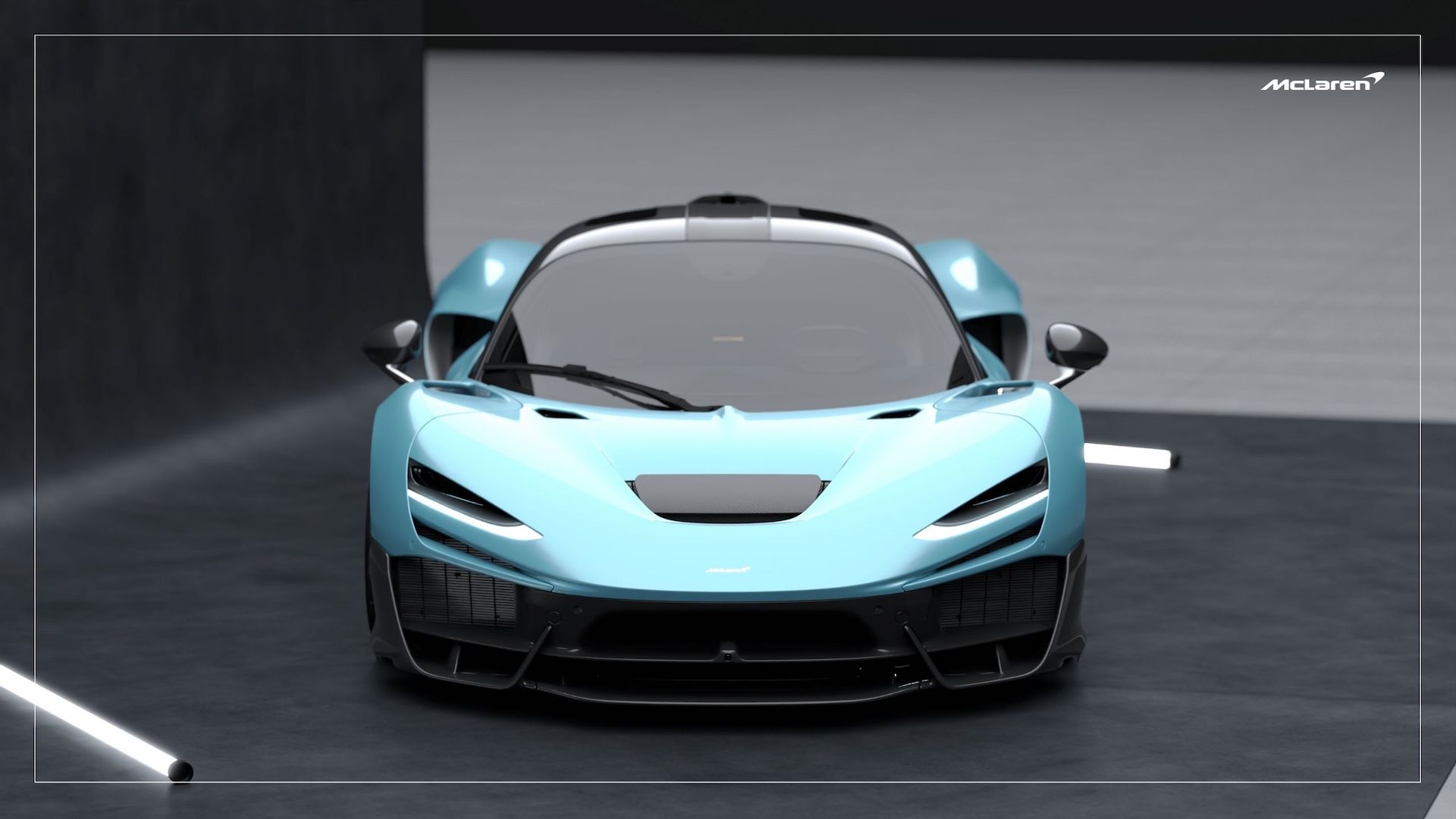
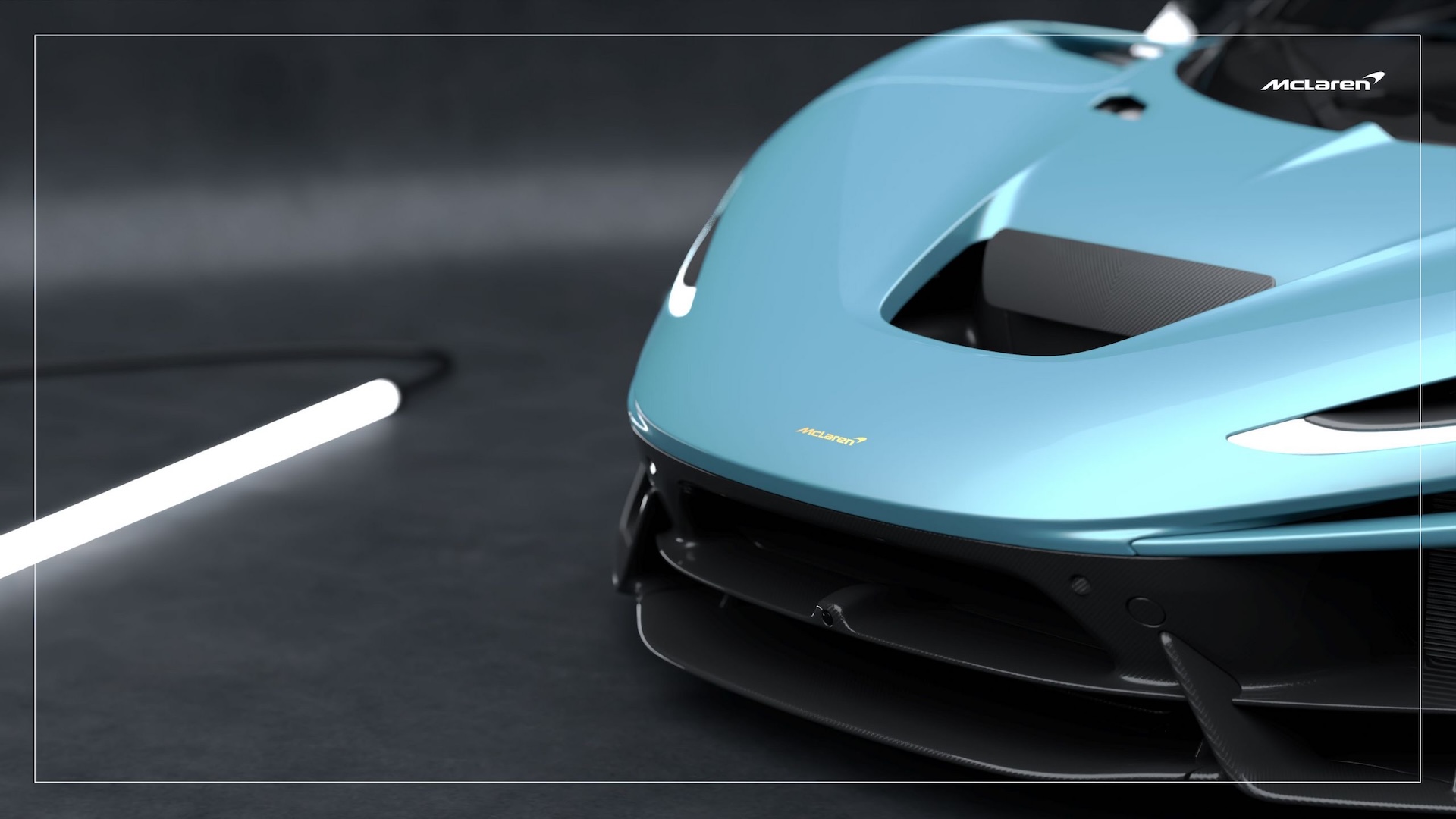
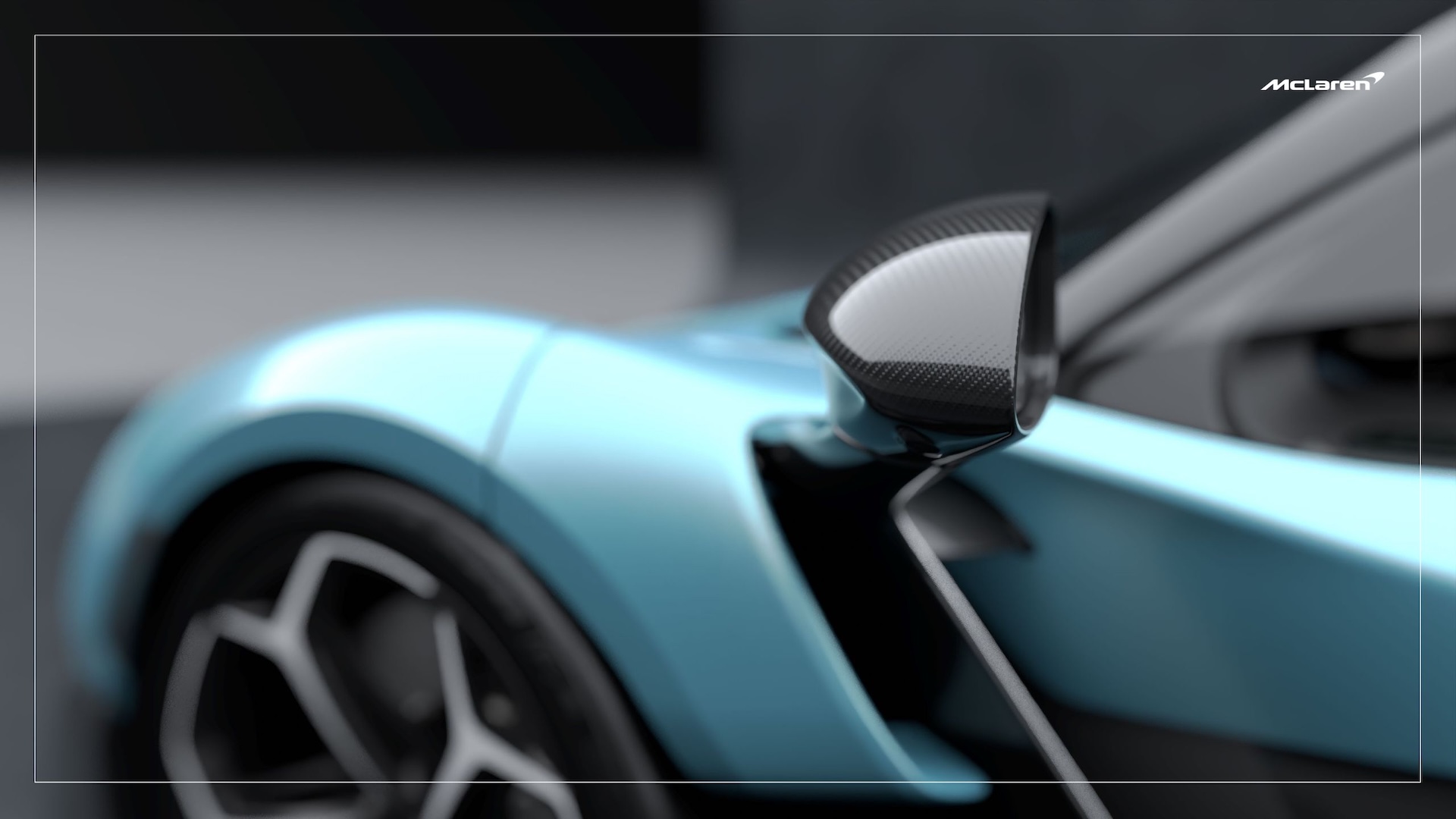
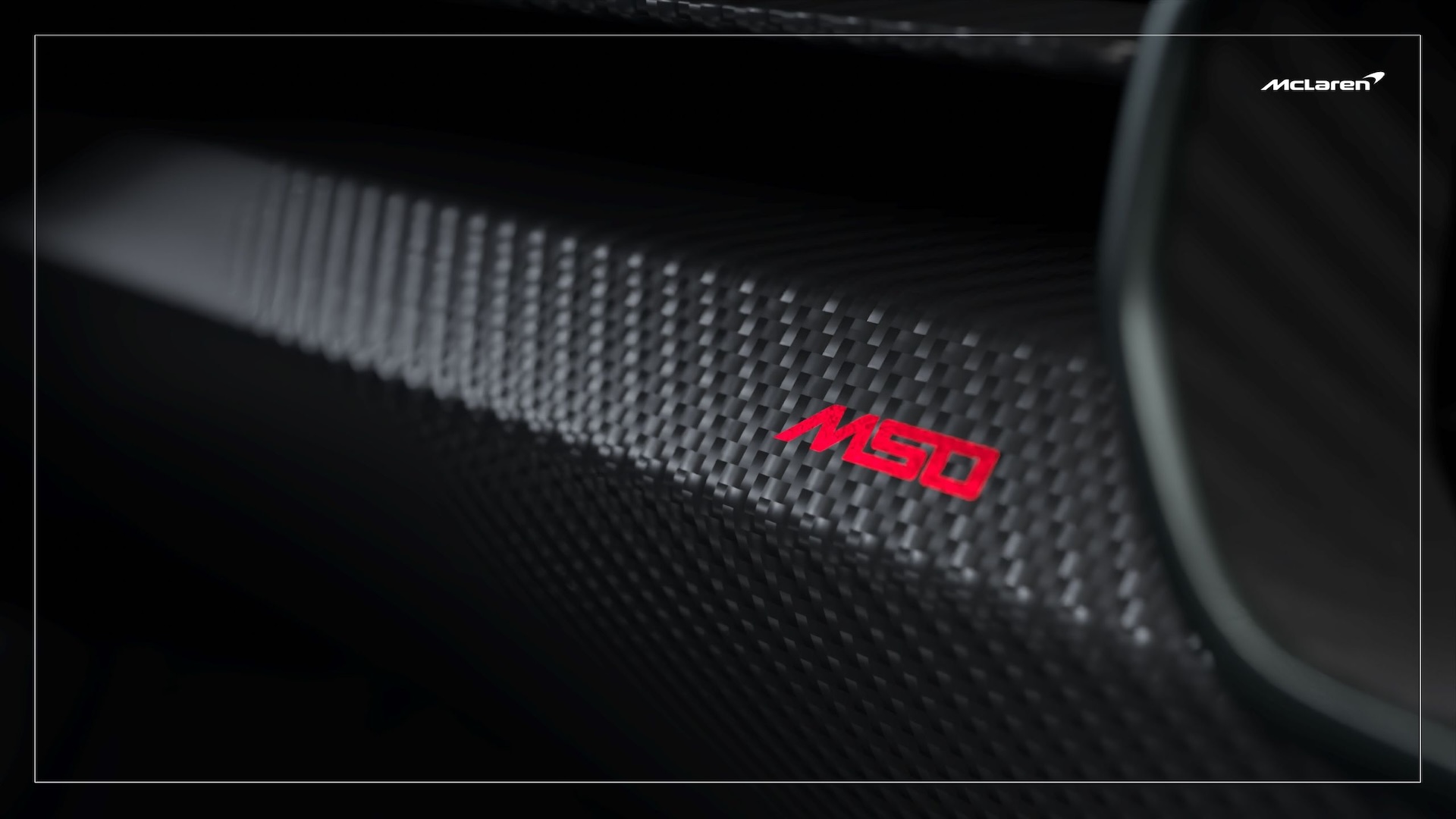
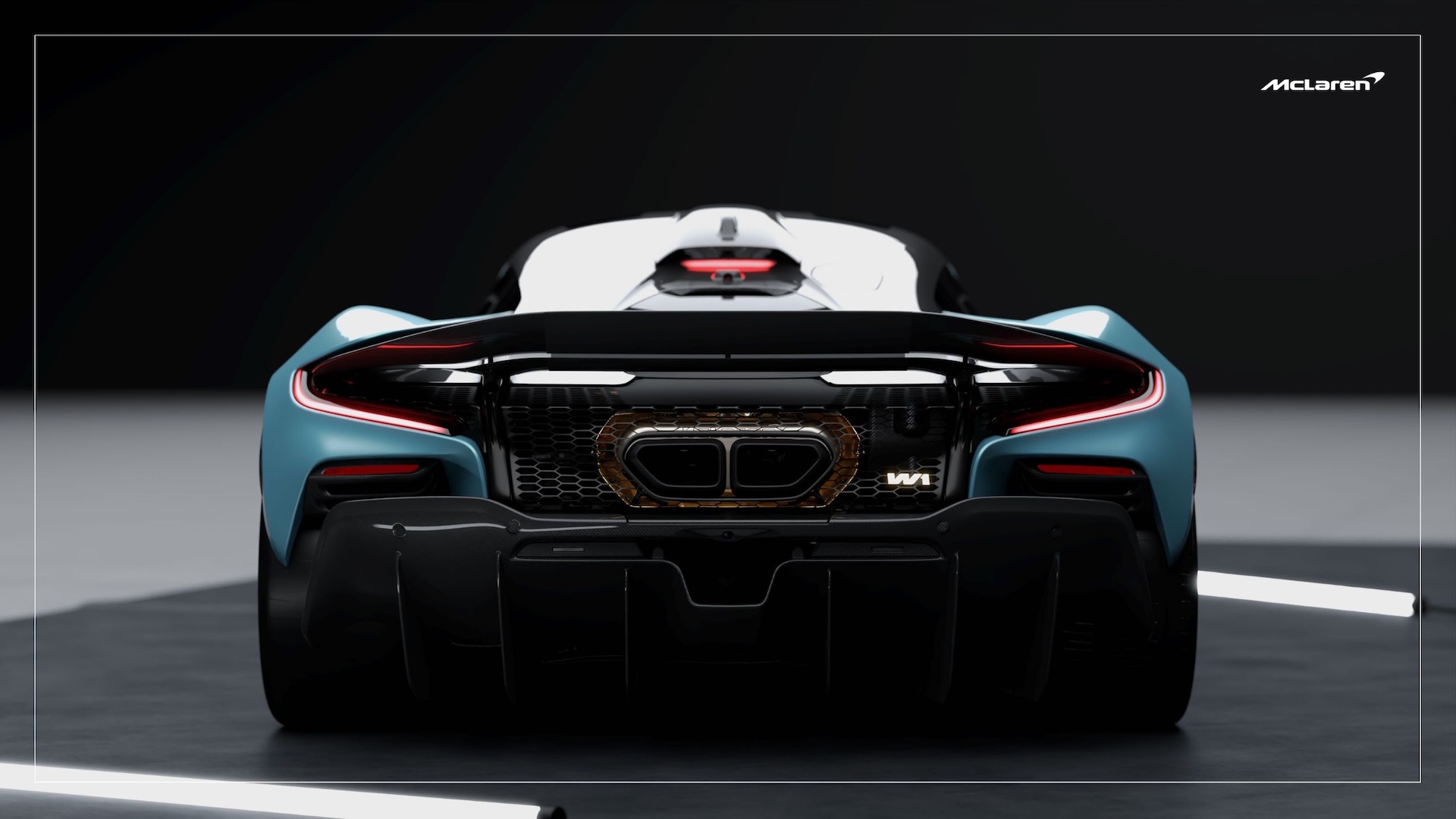
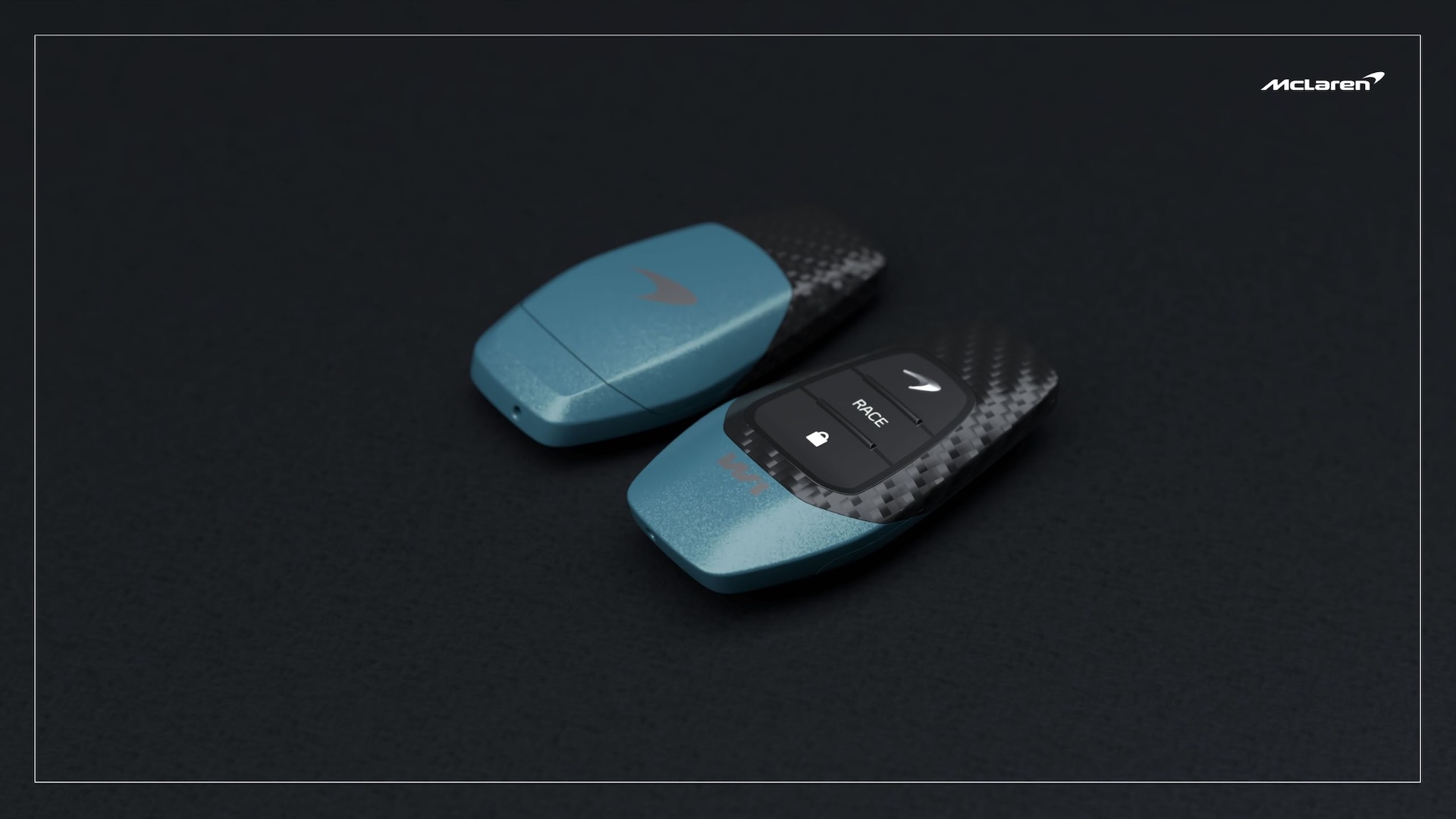
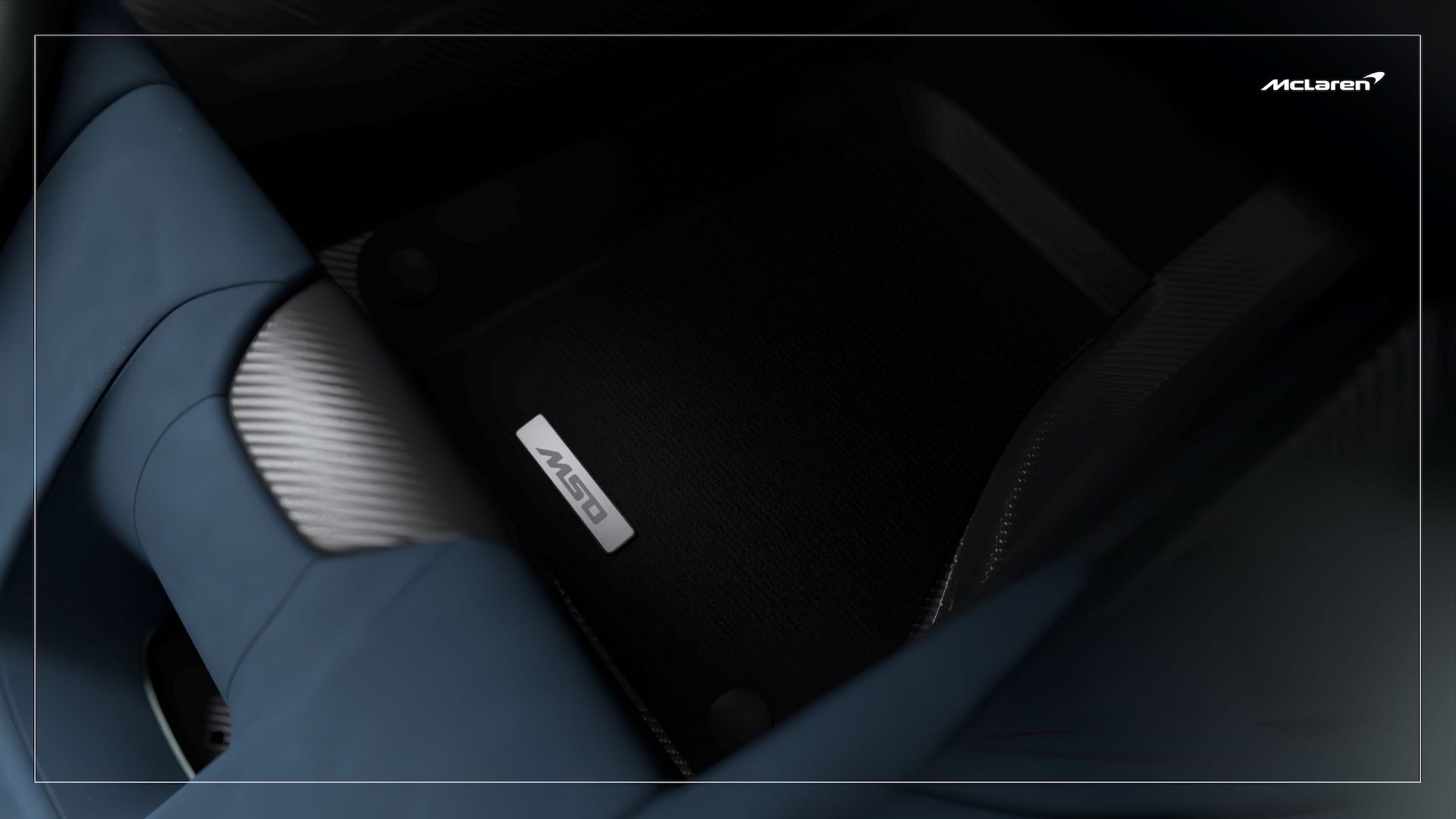
"The fact you haven't heard of it, to some extent I don't mind," Jonathan Simms tells me. He's MSO's newly appointed director, and his honesty is refreshing.
"For me personally, if I'm buying a supercar, I want it to shout supercar from a hundred yards. But other people like to have something that feels like a supercar, but blends in with the traffic."
"Of course, they challenge us with price," adds Simms. "But a percentage of those guys will push us to do something that we haven't done before."
Get exclusive shortlists, celebrity interviews and the best deals on the products you care about, straight to your inbox.
McLaren's hidden side
From simple touches like bespoke embroidery to full ground-up custom builds, a staggering 40% of McLaren buyers use MSO services in some capacity, meaning an off-the-peg supercar isn't good enough for them. The W1 is different. All 399 examples — every single one already sold — are going through the full MSO commissioning process, and the team are only halfway through.
"With something like W1, the ramp-up phase is so short," Simms explains. "If you spread 400 cars around the world, to get the kind of experience and knowledge of that product, to give one client in Brazil or wherever else it might be in the world, to give that one client the experience, there's not enough time for any dealer to do it."
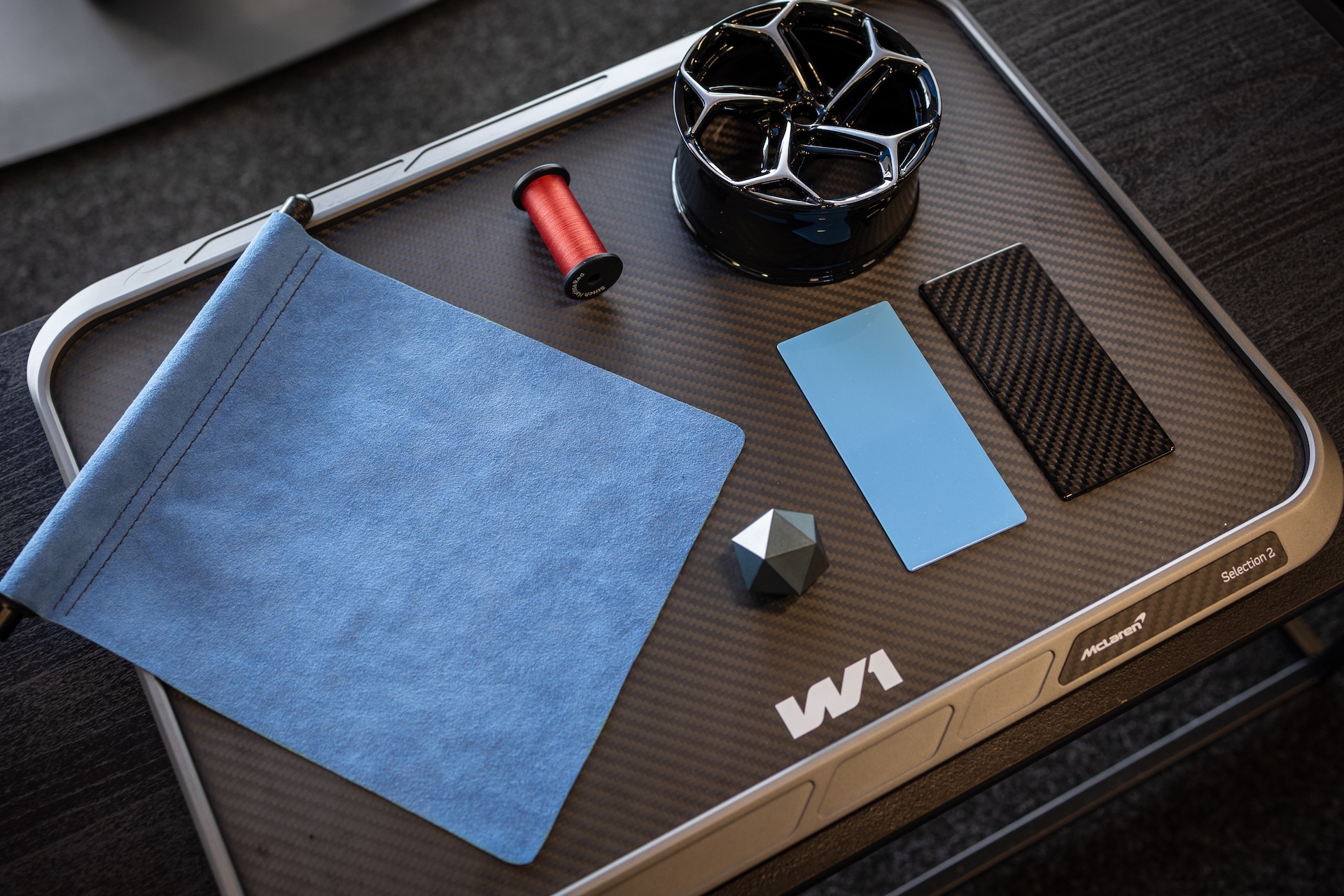
Some customers know exactly what they want, arriving with mood boards and fabric swatches. Others bring their entire families.
"We literally had sofas around and his kids were there, we had food and drinks and stuff like that," Simms recalls of one recent session.
"It was a real kind of almost party atmosphere. Other people will come and, you know, they're on their own. An hour in, they've got a very clear vision and they're done."
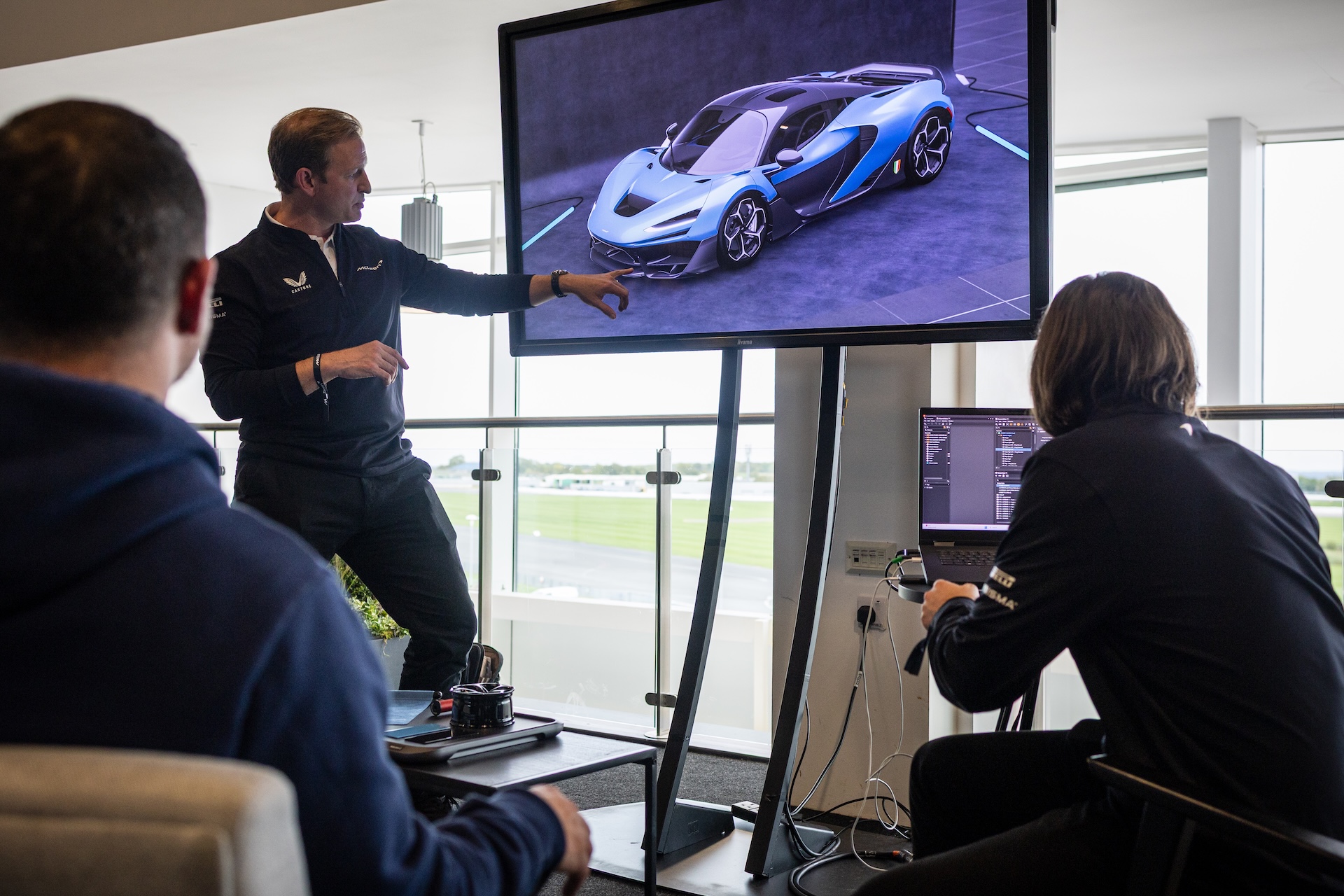
The majority spend 3-4 hours in their first session, followed by multiple follow-ups.
"The exciting thing we can offer is we can develop a unique paint," Simms explains.
"There's just a really great thing in being able to choose a name and think, well, actually, in that canon of McLaren's history, with all of those colours that have been painted, there's a colour that's named after my family or my favourite beach or whatever else it is."
Bespoke leather can take six months to develop. Paint is done in-house, which speeds things up, but some finishes — like the ceramic ball-polished chrome wheels — require weeks in a tumbling drum.
What billionaires want
The psychology of extreme luxury is surprisingly human. Simms describes his most devoted clients as collectors building narratives.
"Some of the clients here are effectively walking McLaren billboards."
Jonathan Simms, MSO Director.
"They're back every year for another car. They're almost stitching together something in their collection. It could be a common theme, or it might be they've decided to pick specifications that honour certain race liveries, or certain driver moments, or whatever."
"The first place they're looking is, what does this car say about me, and what does it say for me? That's really the common thread," he says. "Some of the clients here are effectively walking McLaren billboards. They have car transporters with McLaren on the side of them."
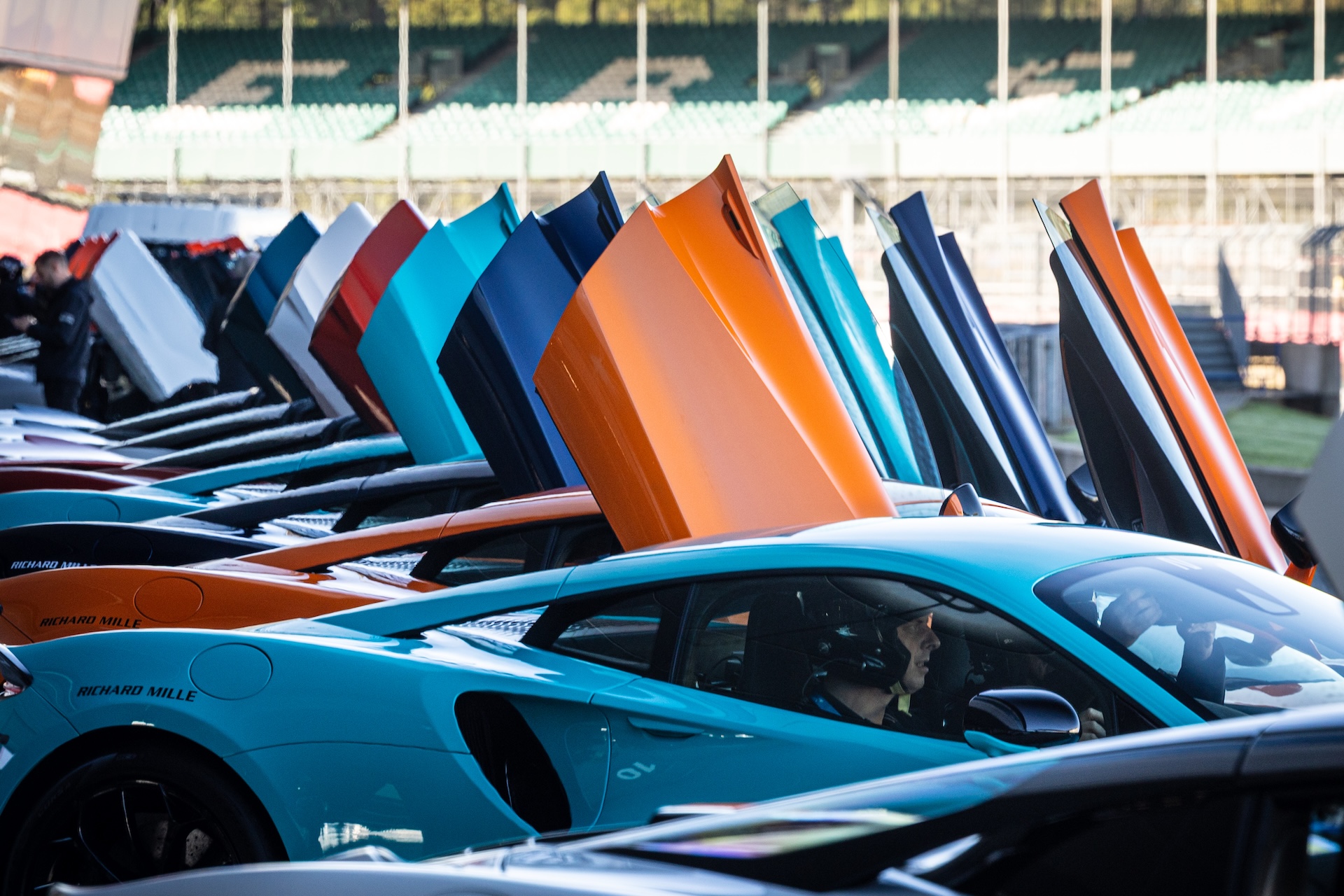
McLaren is deliberately different from competitors like Ferrari. There's no need to accumulate SUVs and saloons to earn your supercar allocation.
"For us, it's much more about what's your reason for buying the product, what's your commitment to the brand."
This extends to the pre-owned market. MSO has just reproduced all the tooling to re-manufacture visual carbon fibre body panels for the 10-year-old McLaren P1.
"Nowadays, these cars are all over Instagram, and if you go and buy one pre-owned, the first thing you'll get asked is, 'Oh, did you buy John's car?'. And actually, you've been able to then take that and re-body it, and give it a finish that's entirely yours. And it hasn't damaged the value, because you've gone back to the manufacturer, and we give you all of the documentation about the process and the new specifications, so you've effectively added a leaf into the story of that car."
Engineering flex
The W1 itself is a technical flex of staggering proportions. Heather Fitch, the car's Product Manager, walks me through the spec like a proud parent.
"This really was the pinnacle and the very best of what we could do."
Heather Fitch, Product Manager
Her team includes ex-Formula 1 designers and engineers with 16 world titles between them. "We would not have stuck that '1' badge on any old car. This really was the pinnacle and the very best of what we could do."
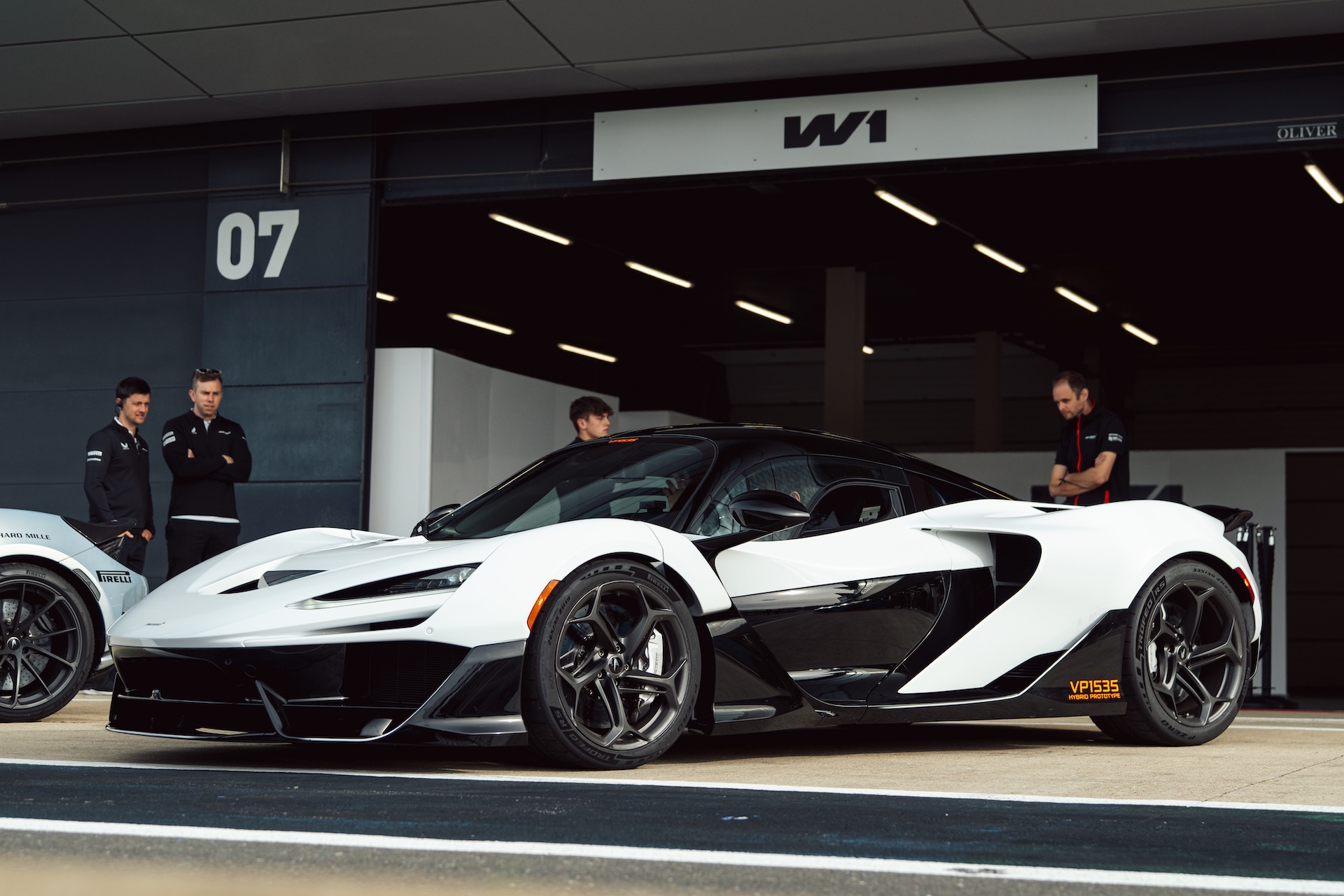
The active rear wing — which McLaren calls an Active Long Tail — can generate 1,000kg of downforce in race mode, constantly micro-adjusting to airflow, environment and speed.
But here's the twist: despite 1,275 PS and performance that would shame most race cars (0-62 mph in 2.7 seconds if you're asking), McLaren obsesses over usability. The W1 has luggage space and cup holders. "We want them to use their cars," Fitch insists. It's a philosophy that extends throughout MSO.
Track time
The Artura is McLaren's 'entry-level' hybrid supercar — though at £200,000, 'entry-level' is relative. On Silverstone's Grand Prix circuit, it's a revelation. The 680PS hybrid powertrain delivers instant torque, but it's the chassis balance that impresses most. Through Copse and Maggotts, the Artura flows with an almost unsettling composure, making you feel like a driving god even if you're decidedly mortal.
Back in the paddock, Bruno Senna is casually strolling between garages, stopping to chat with customers. Nearby sits one of the finest examples of a McLaren F1 I've ever seen — freshly restored by MSO, its paintwork flawless under the autumn sun.
Heritage obsession
This brings me to Michael Wrigley, MSO's Heritage Manager. He oversees one of the most valuable collections of vehicles on earth: 100 surviving McLaren F1s built from 1992-1998 (six lost to crashes or theft). This year alone, MSO has serviced 15 of them.
This includes, he reveals with a smile, Rowan Atkinson's infamous twice-crashed example, now leading a new life with a new owner. With F1s now worth upwards of £15-20 million, the economics of repair have become absurd.
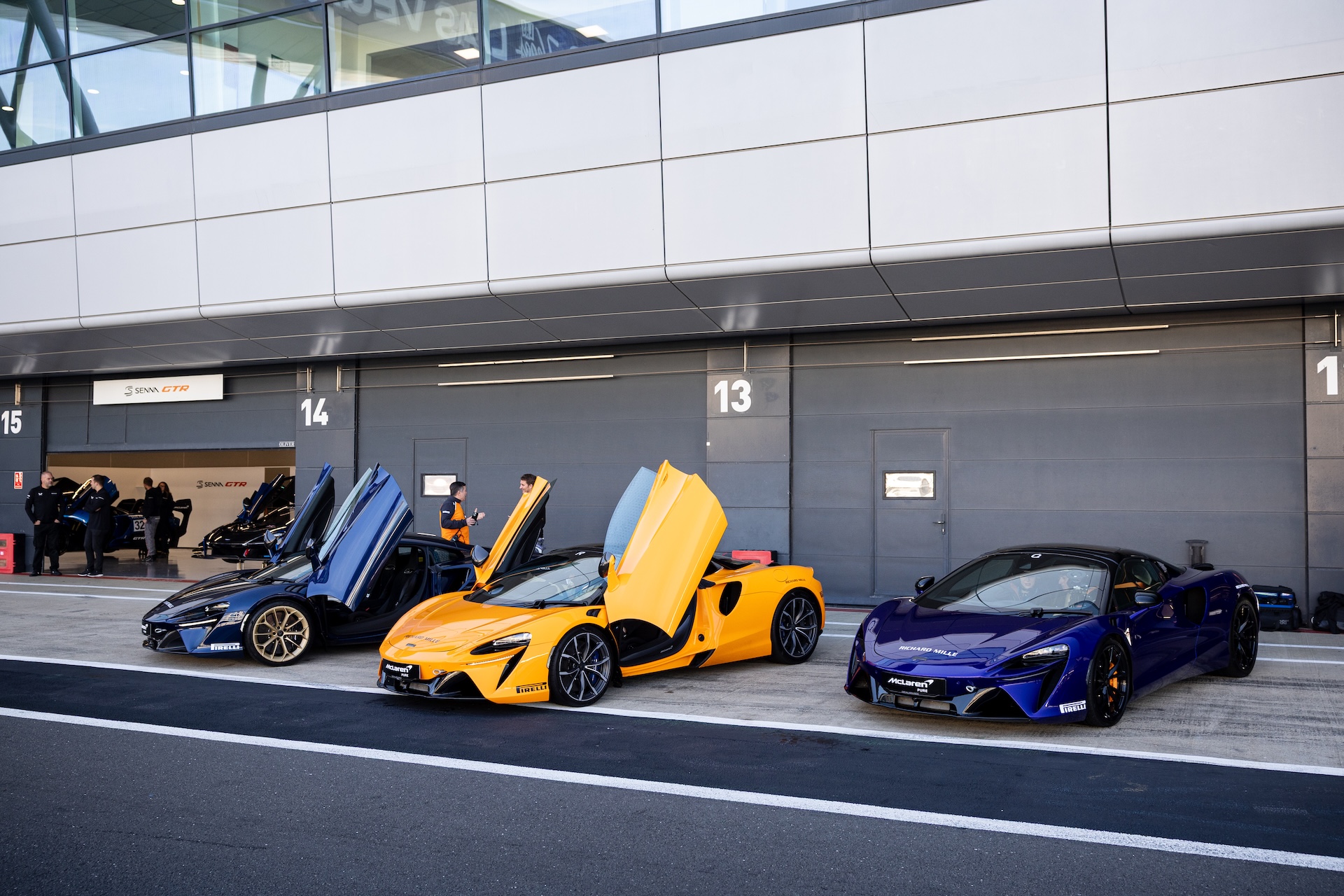
"We're at a point now with the values where, unless it's stolen, you can't write one off," Wrigley explains. It's almost always cheaper for insurance companies to repair them than declare a total loss.
What's fascinating is the demographic shift. A new generation of buyers in their thirties are buying F1s and actually driving them. "We get questions maybe we haven't seen for a while, like do you have upgraded headlights," Wrigley says. "Which is brilliant. It's really good for the car's future." These aren't crypto billionaires treating cars as assets. They're poster-child dreamers who've finally made it, taking their childhood hero car on road trips.
The fantasy
As I leave Silverstone, my mock W1 spec saved to PDF, I understand what MSO really sells: possibility. Not just the possibility of owning a hypercar, but of imprinting yourself onto automotive history. Of having McLaren's F1-level engineering team execute your vision. Of creating something genuinely one-off. It's the ultimate 'what if I won the lottery' fantasy, except for these customers, the lottery is real life.

For more than two decades, James has been at the forefront of tech journalism, with a career spanning consumer electronics, innovation, and design. He has held high-profile roles including Editor-in-Chief of Stuff magazine, Tech Editor at Metro, and even an Associate Producer for The Gadget Show. A seasoned expert in online and print journalism, James currently brings his insight as the Tech Correspondent for the Goodwood Festival of Speed Future Lab and as the editor of Cloud magazine.
You must confirm your public display name before commenting
Please logout and then login again, you will then be prompted to enter your display name.
-
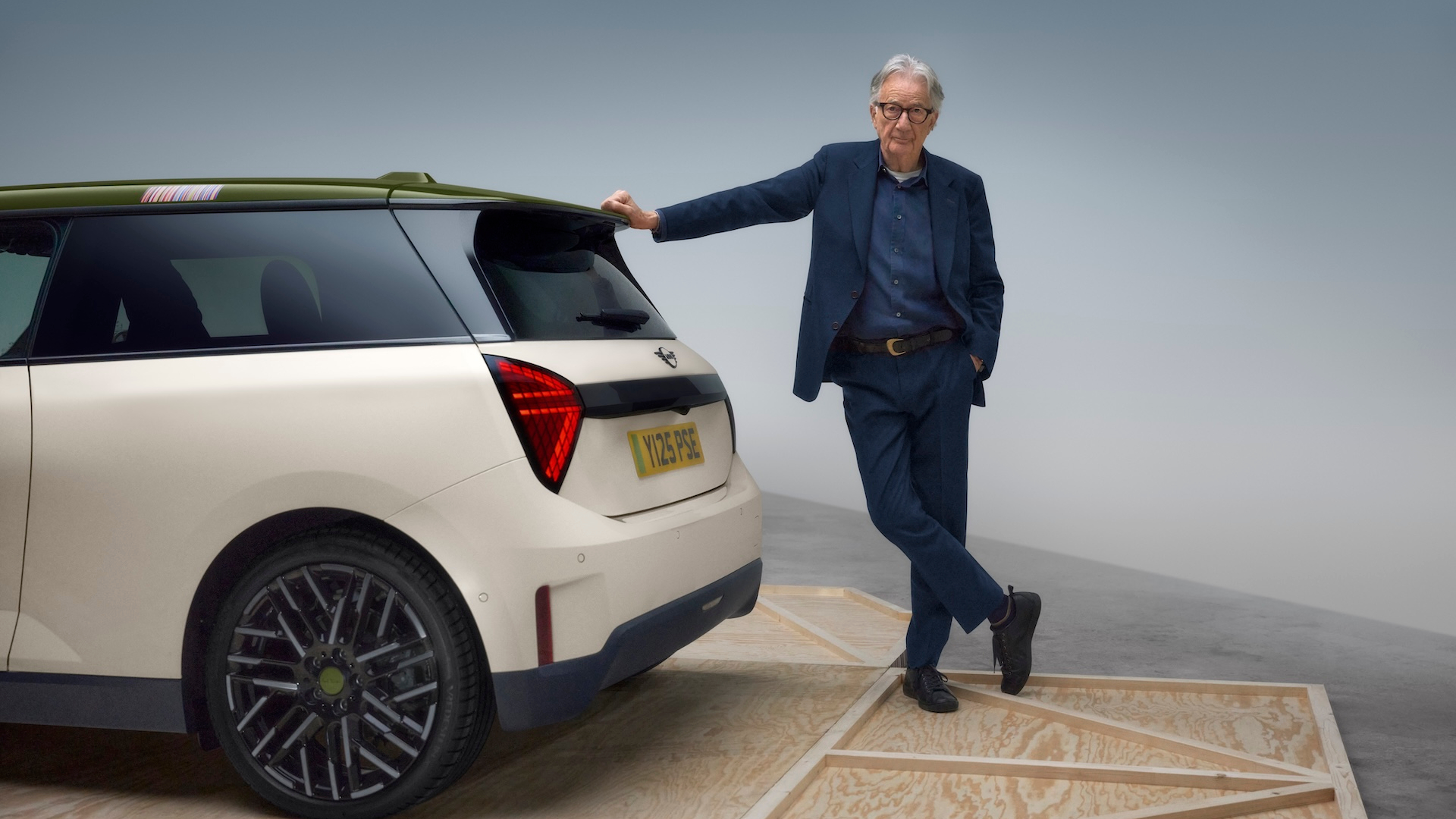 Paul Smith revamps Mini Cooper with bold colours and unique details in new car collaboration
Paul Smith revamps Mini Cooper with bold colours and unique details in new car collaborationBritish icons collide
-
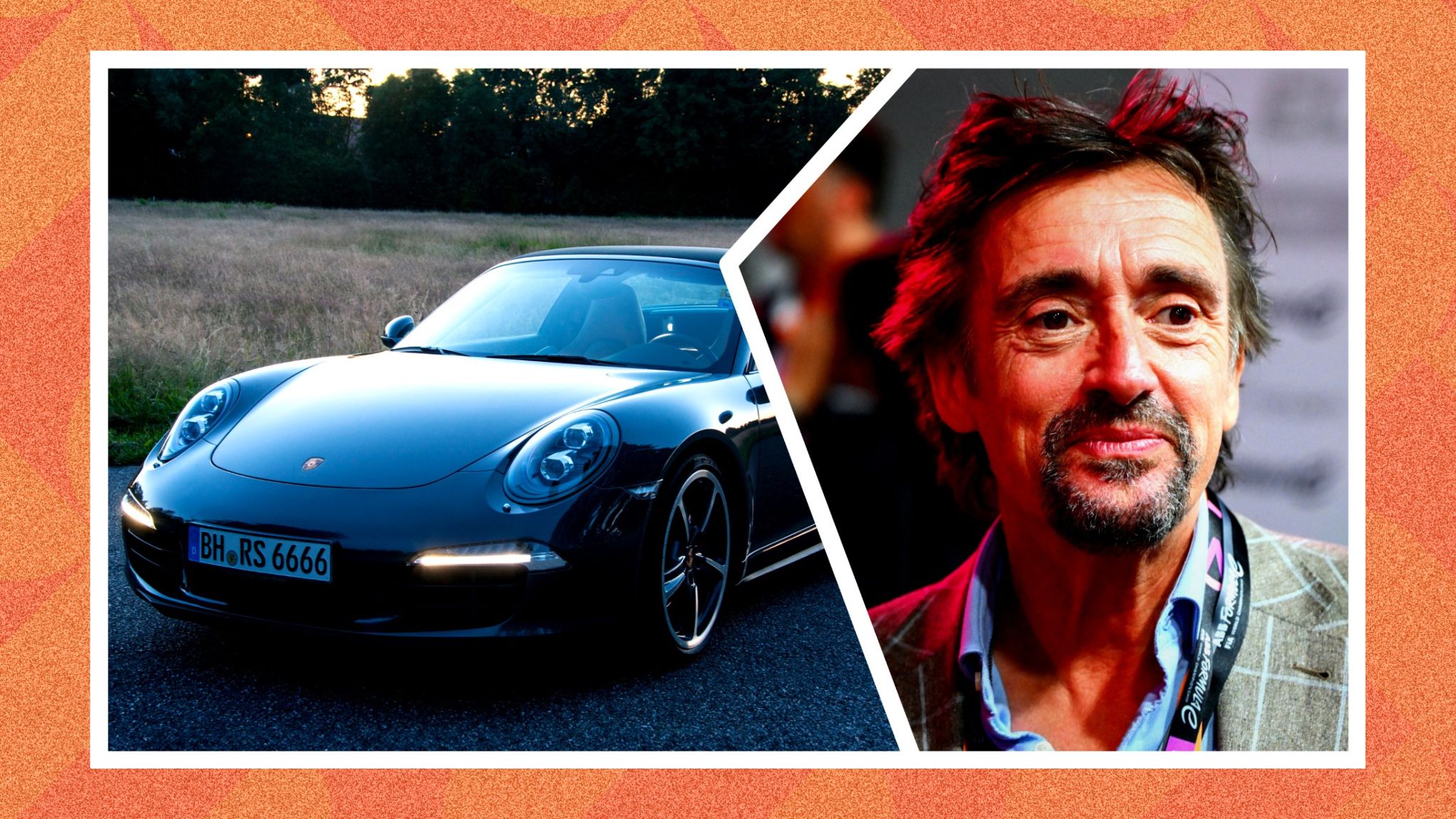 7 ultimate cars in Richard Hammond’s dream garage (and one nightmare)
7 ultimate cars in Richard Hammond’s dream garage (and one nightmare)Get your motor running — Richard Hammond's dream car list will kickstart the boy racer in anyone.
-
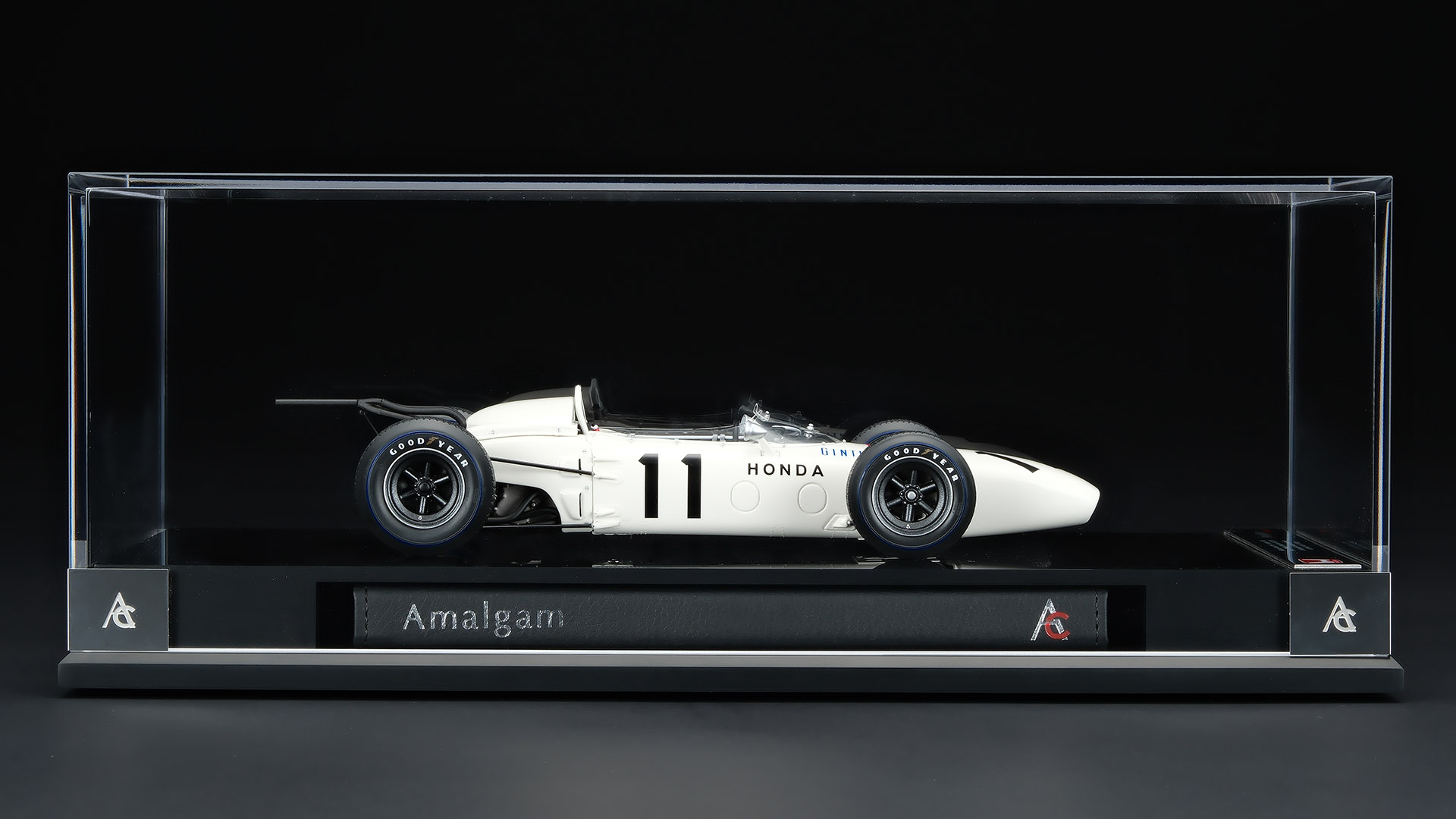 Honda reveals $29,000 scale model of its classic F1 car
Honda reveals $29,000 scale model of its classic F1 carA 1600-piece slice of history
-
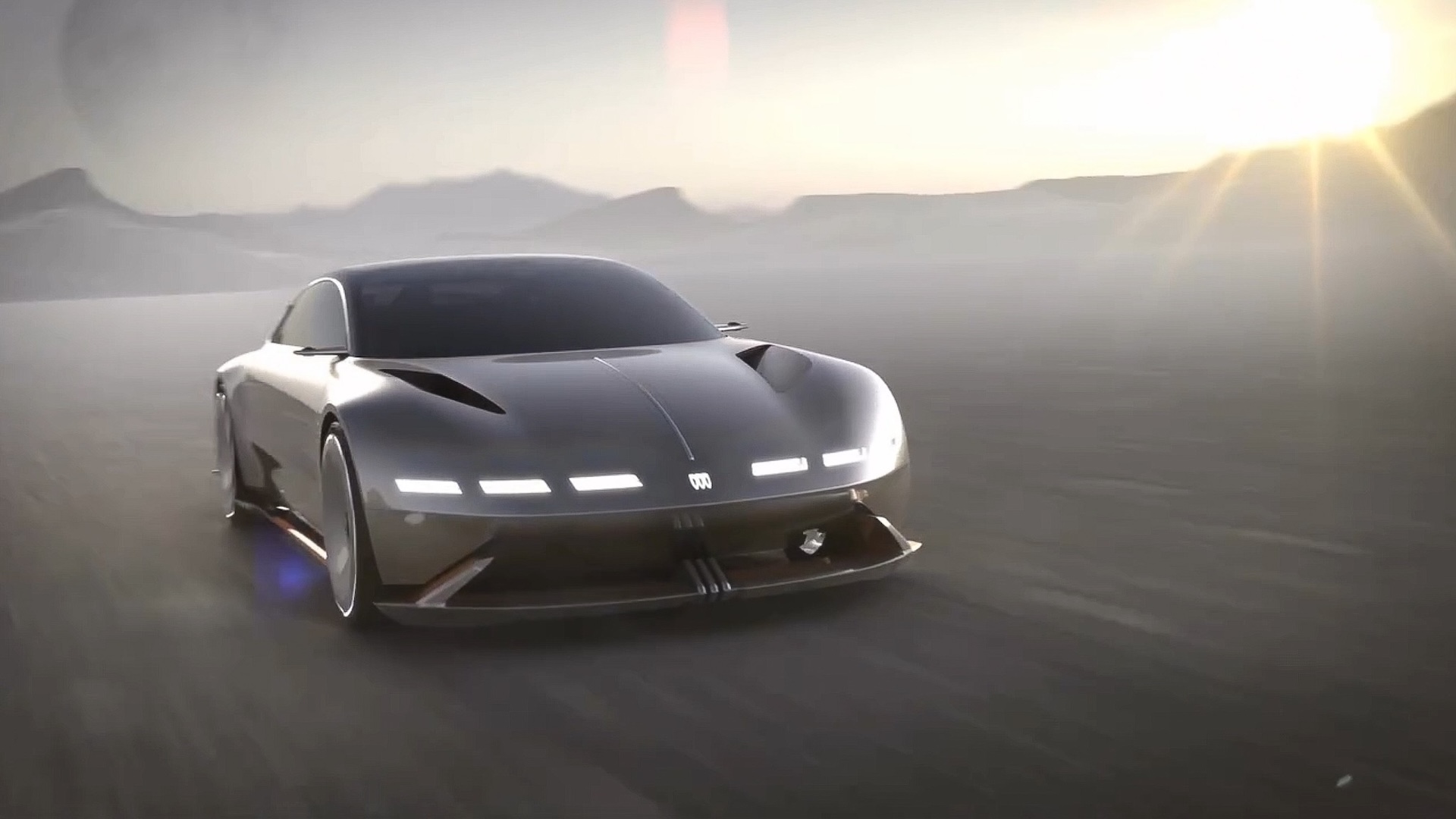 Buick's all-electric concept car could be the Fantastic Four's weekend motor
Buick's all-electric concept car could be the Fantastic Four's weekend motorDon't get too excited

